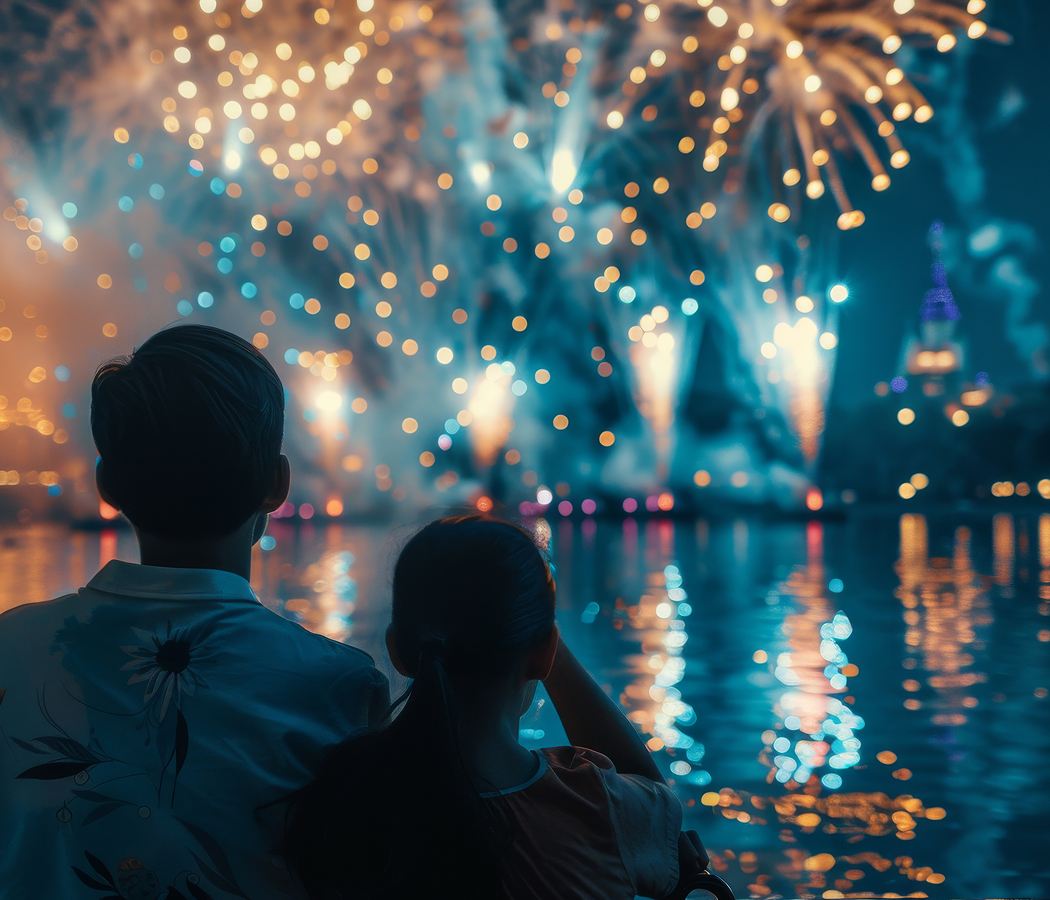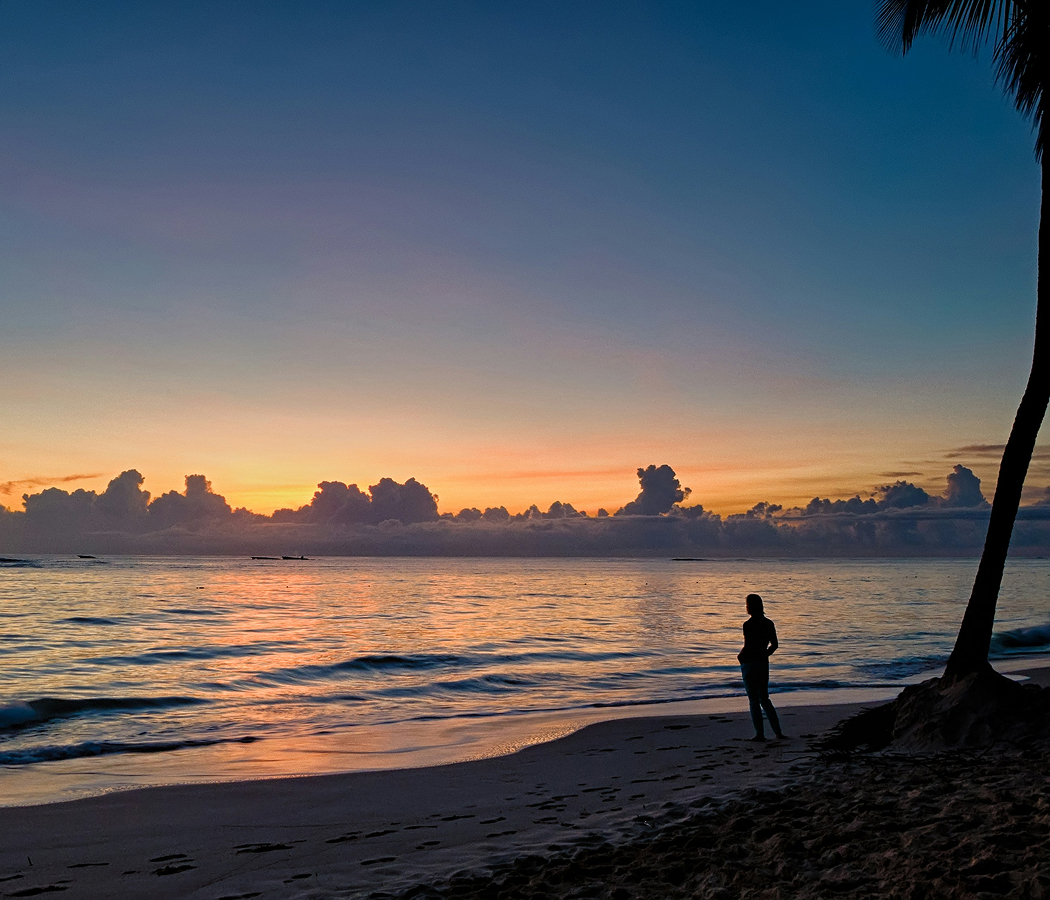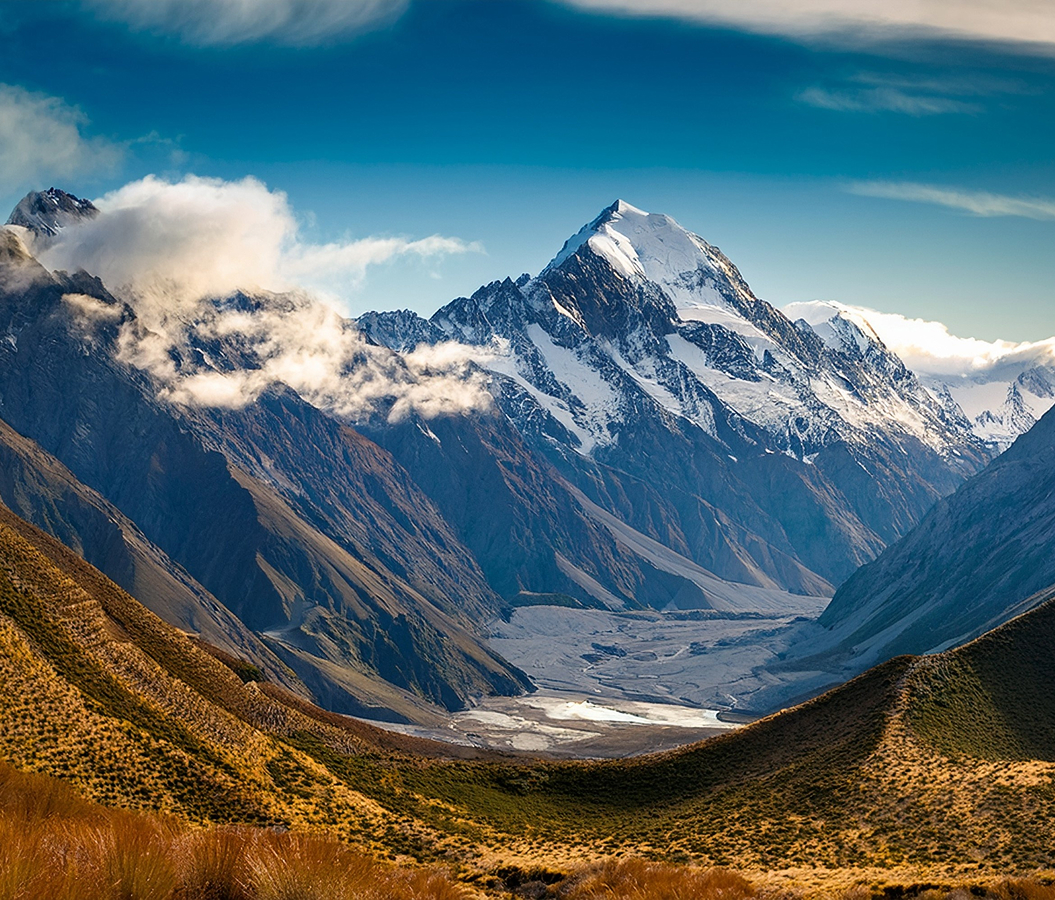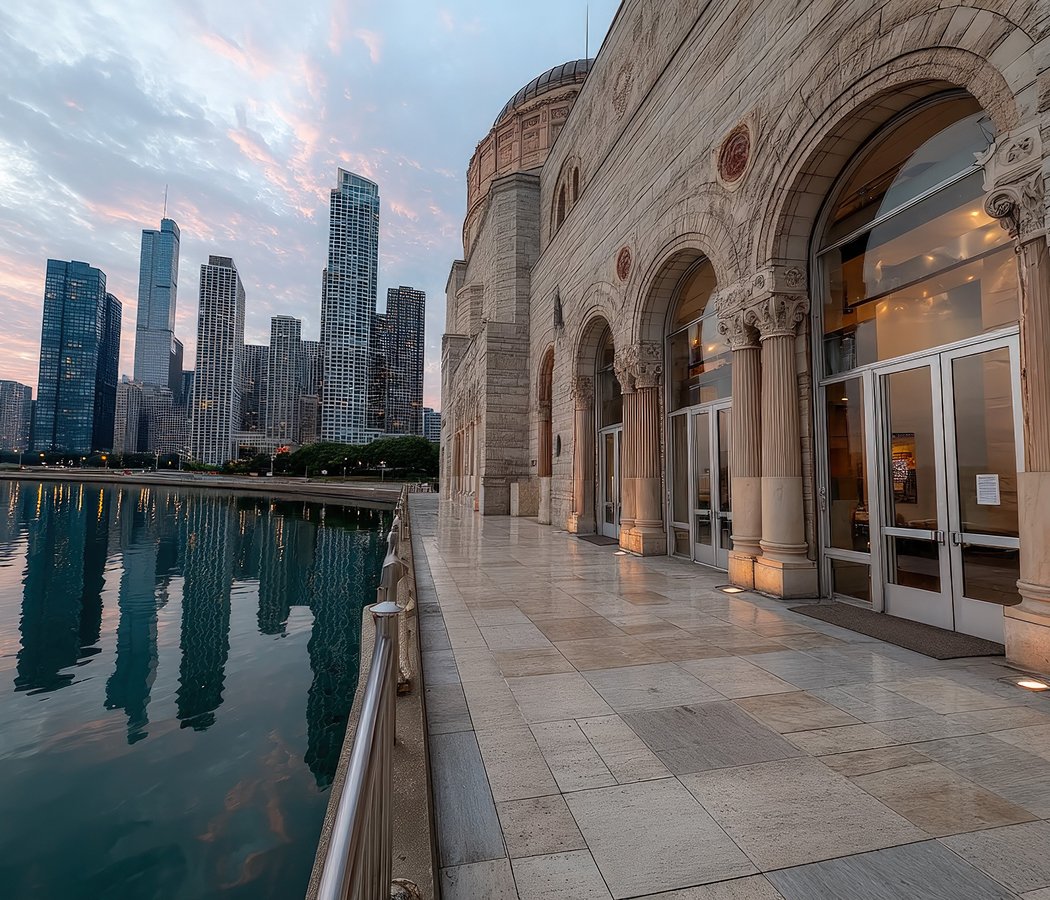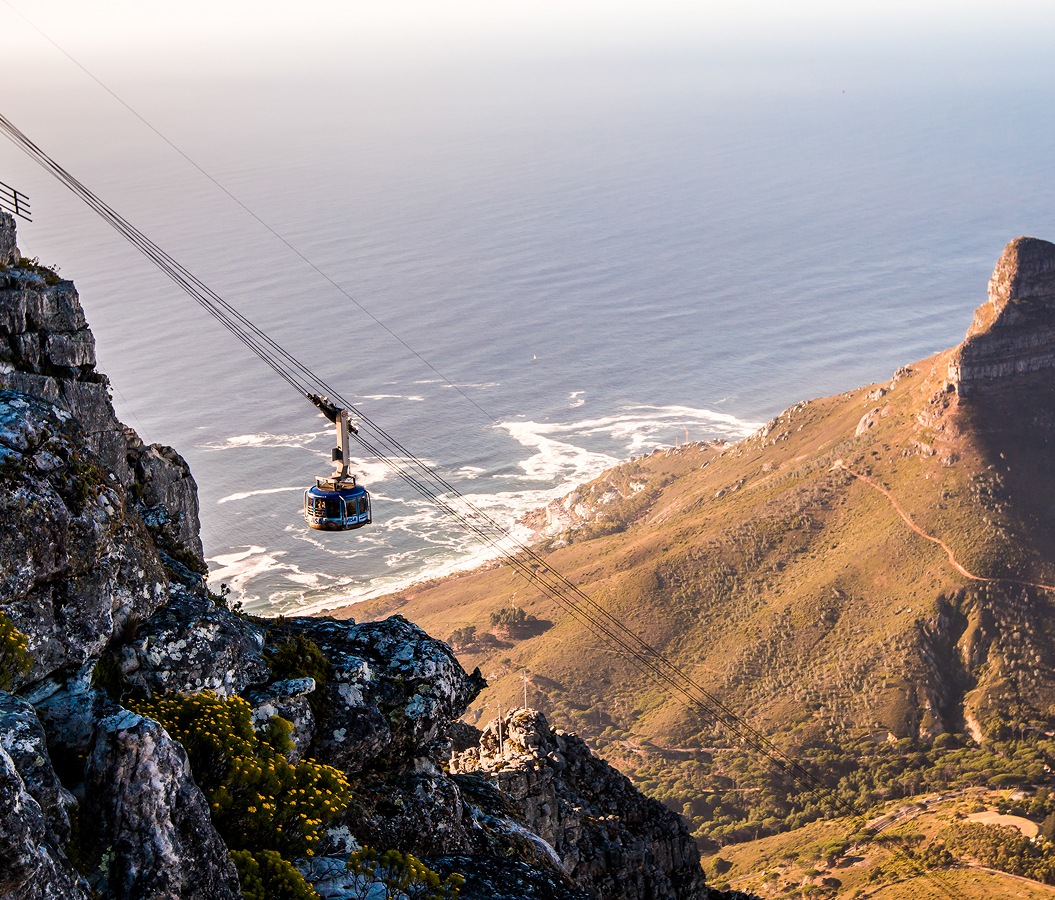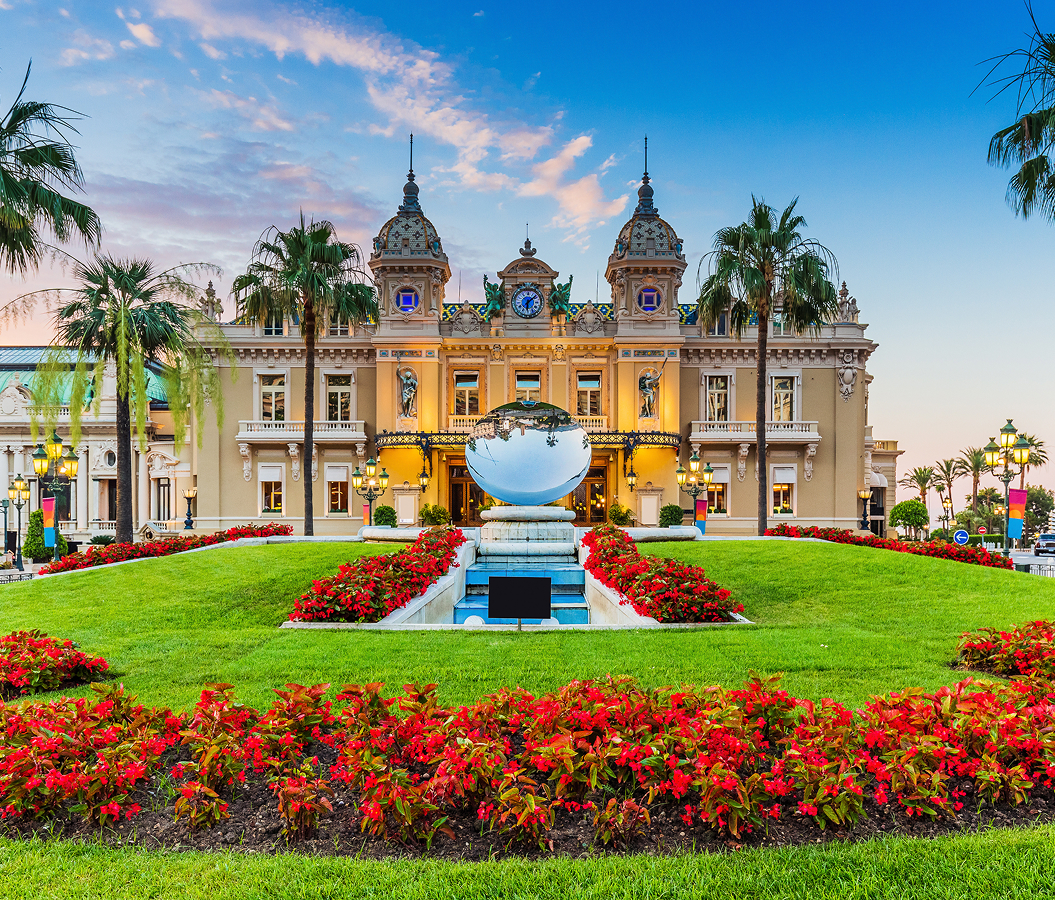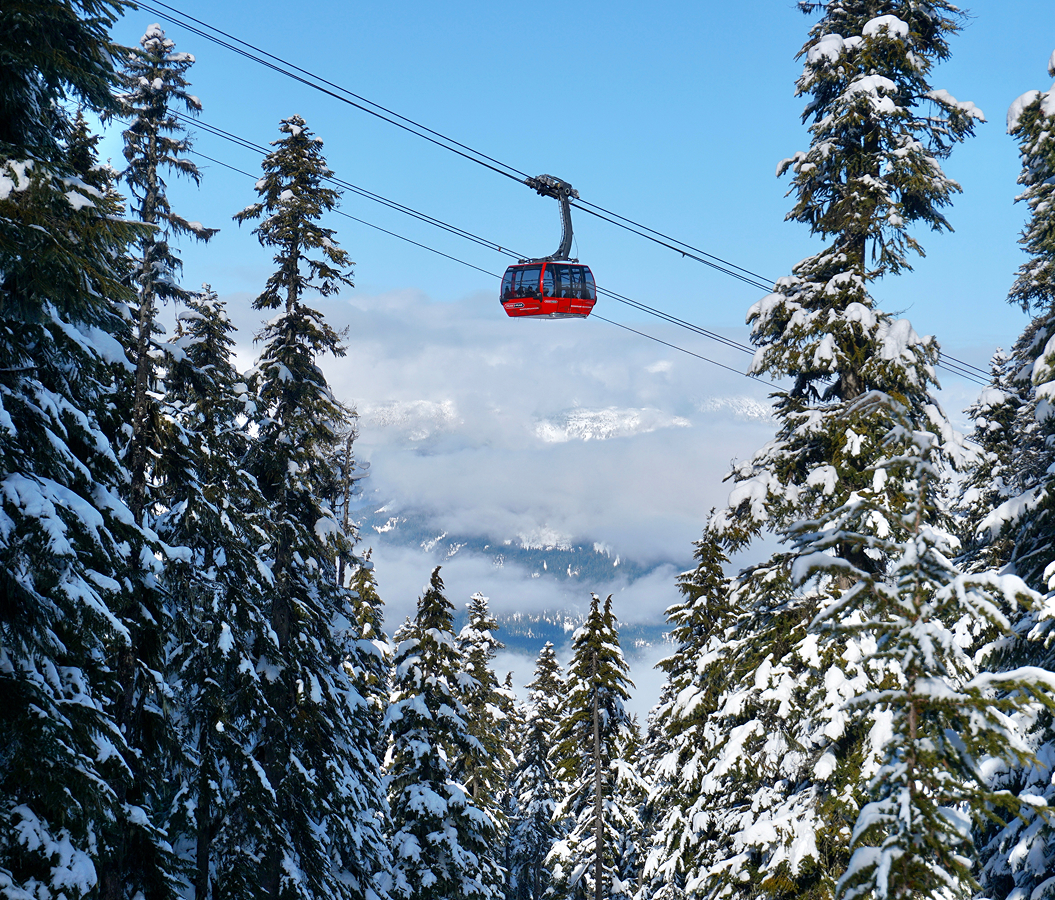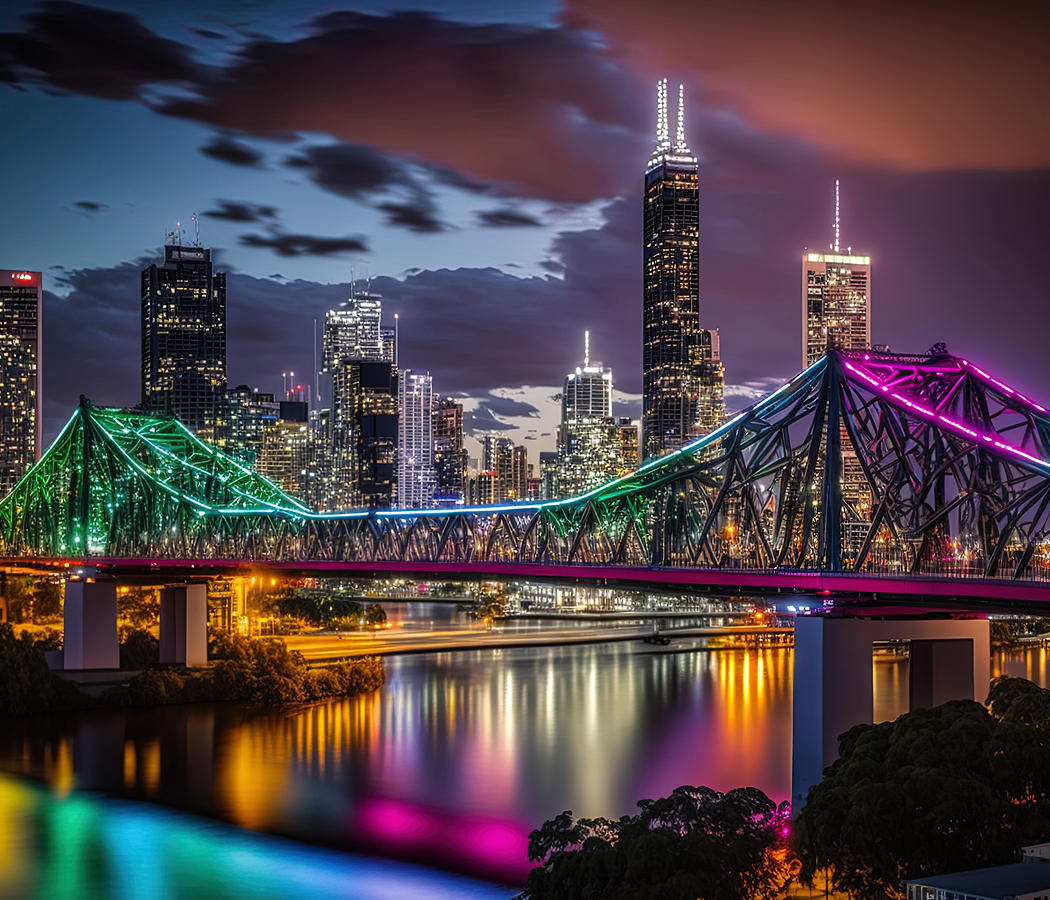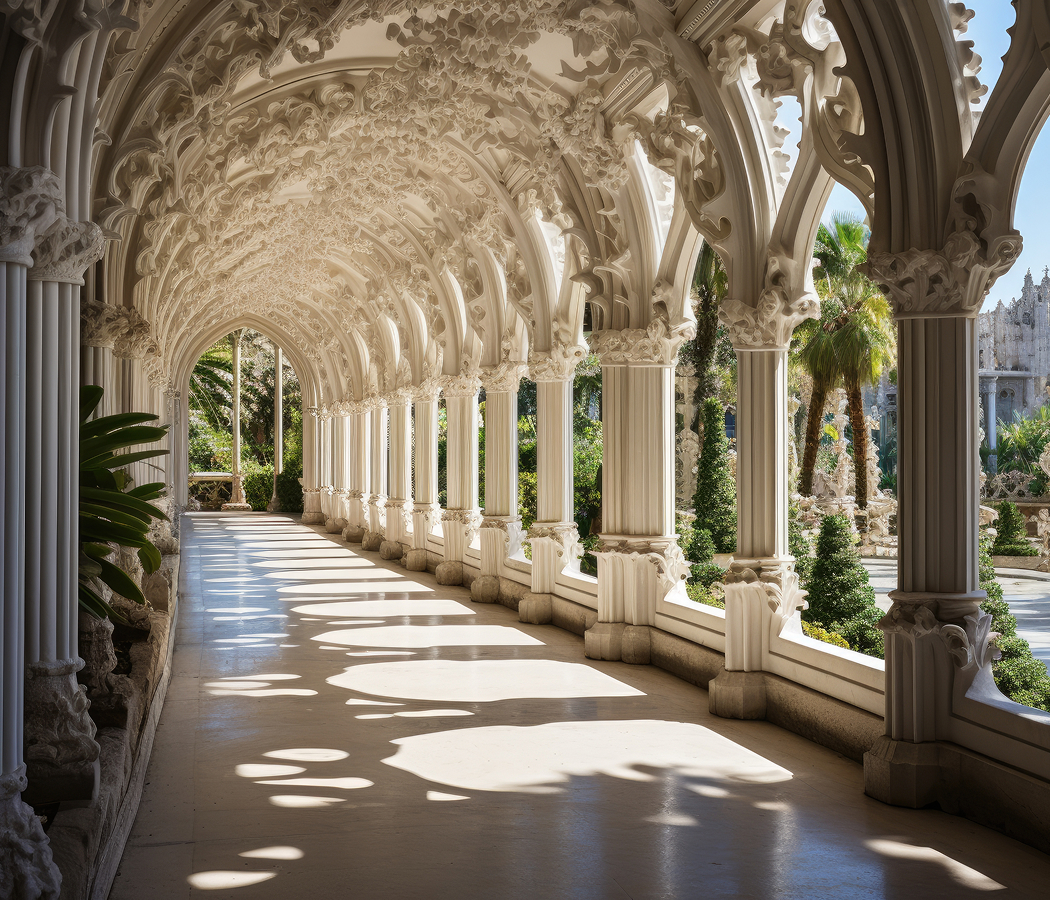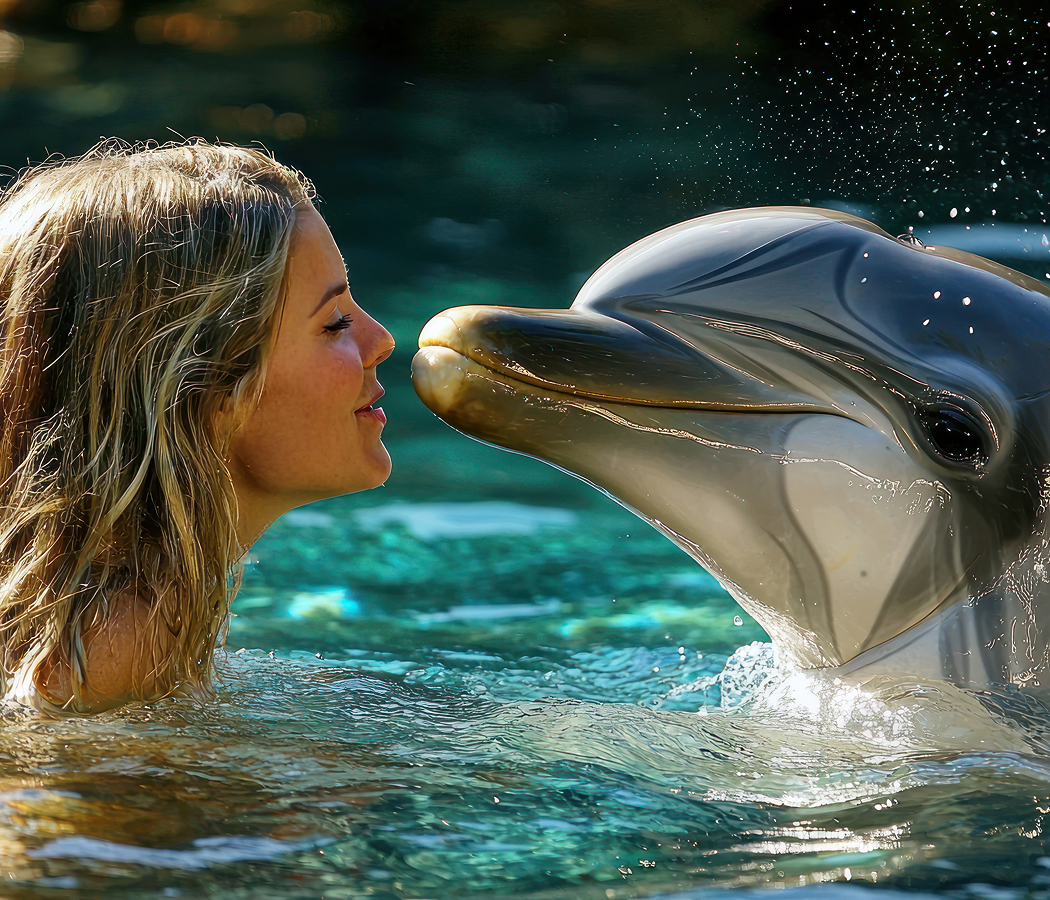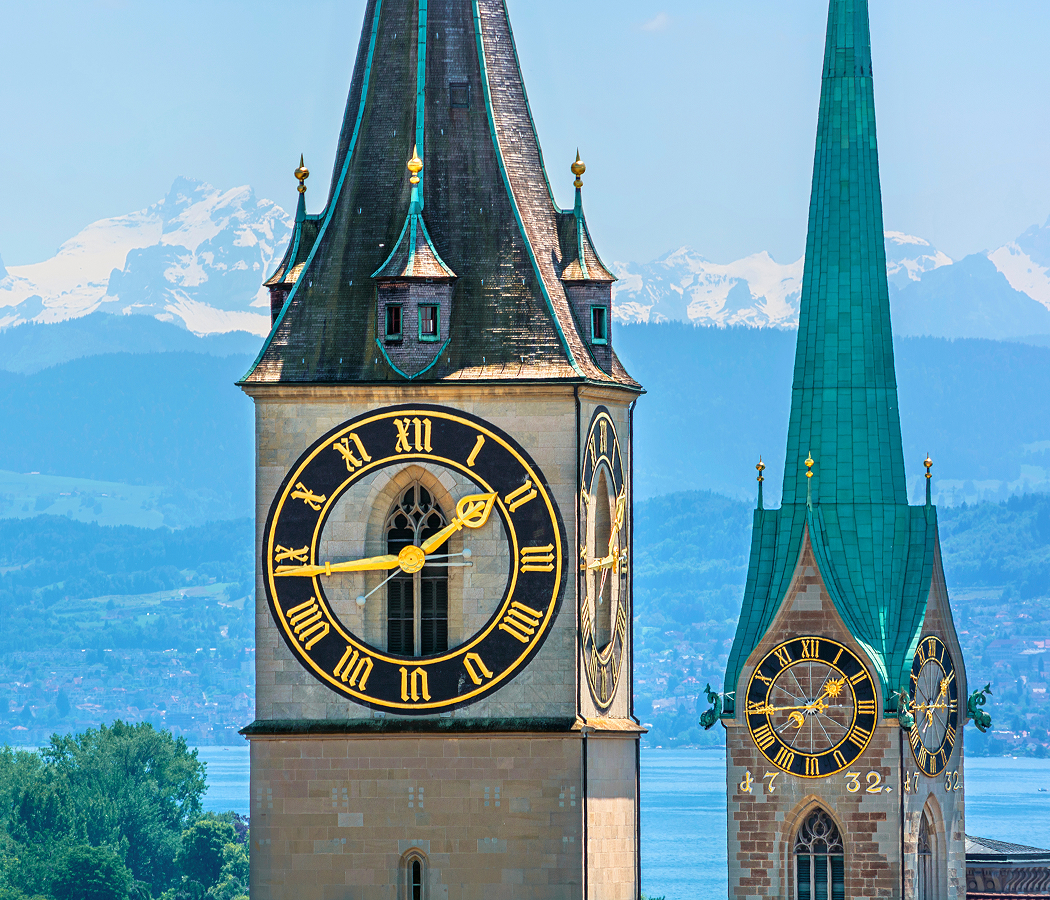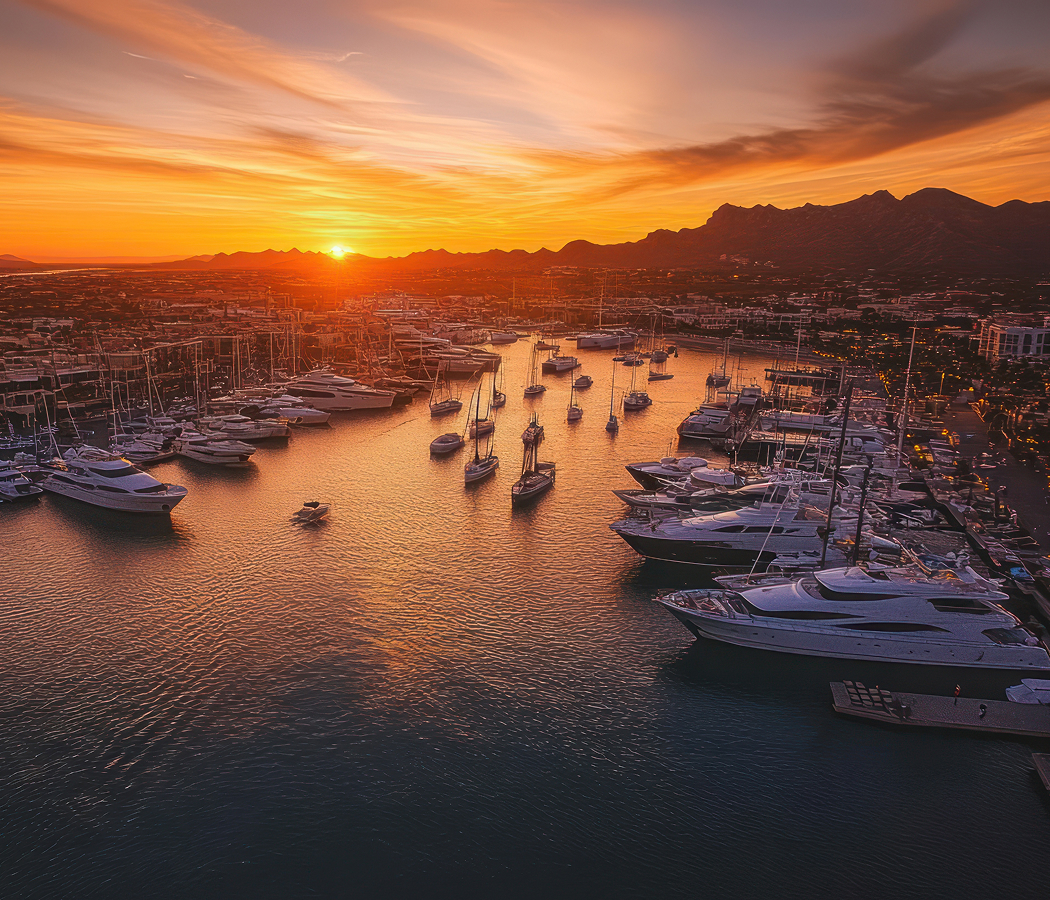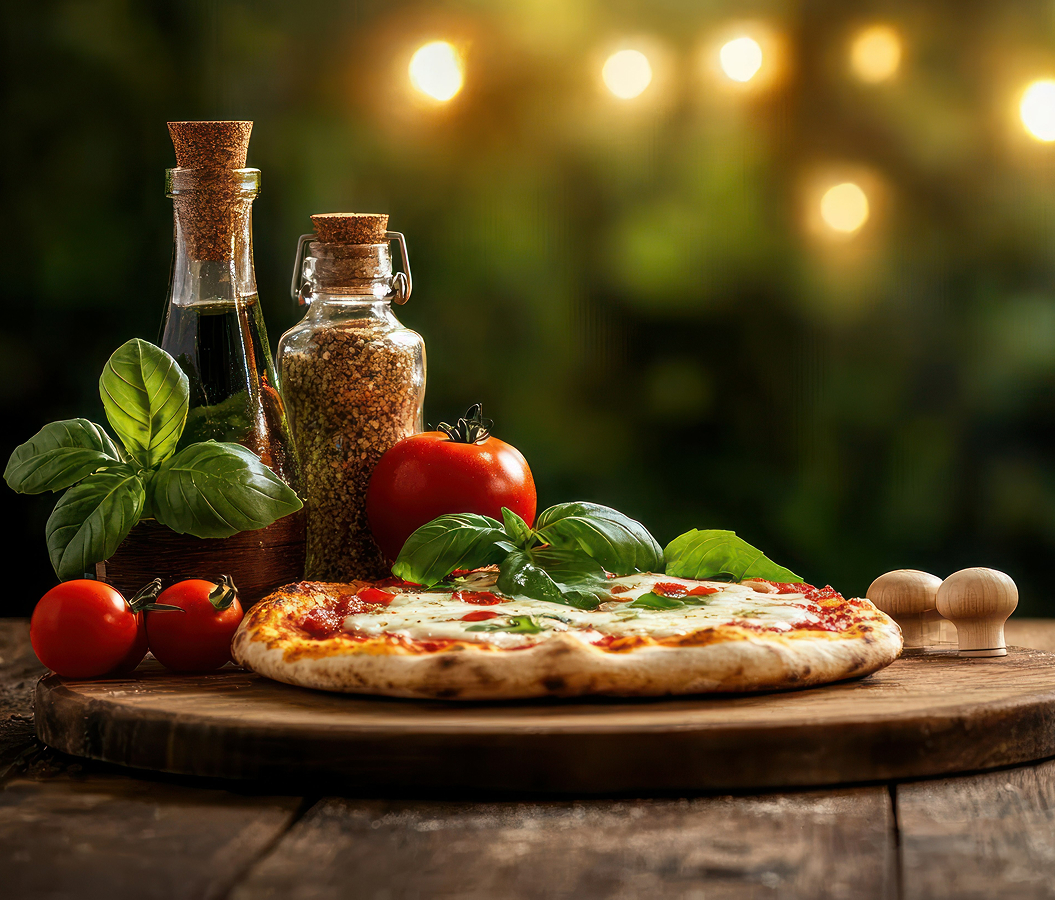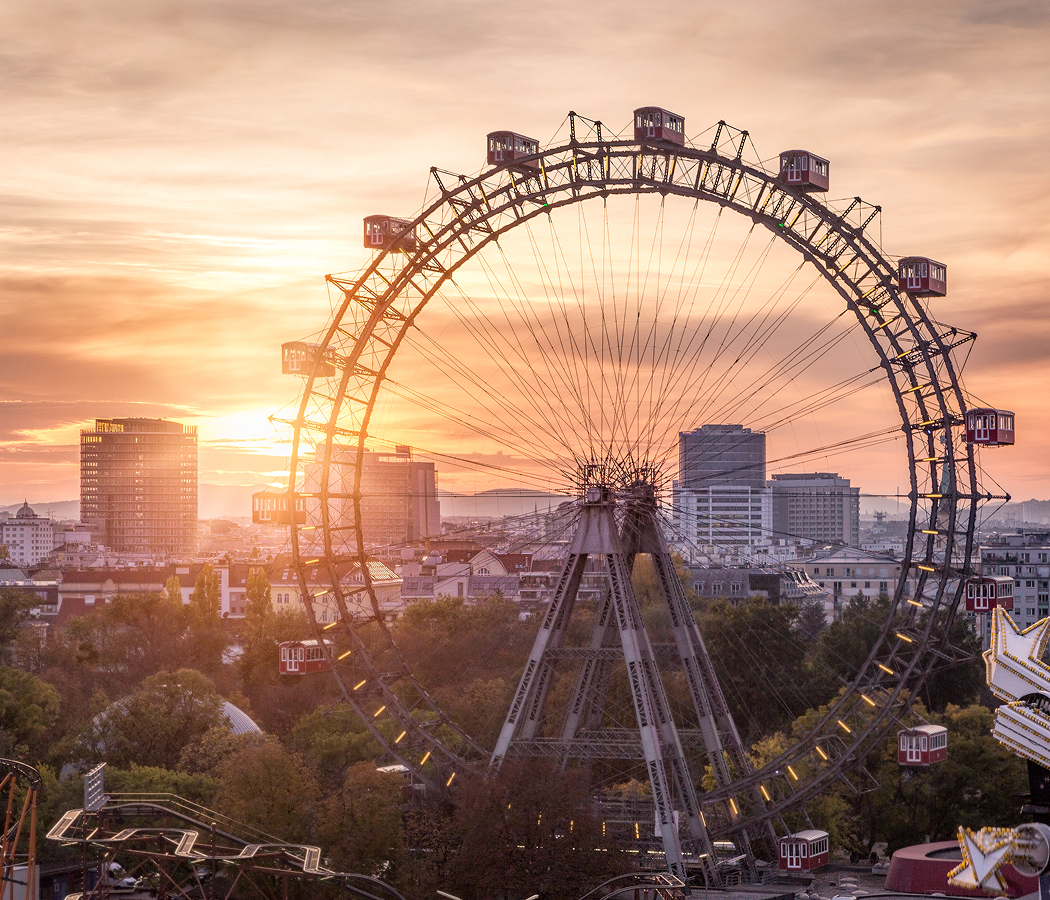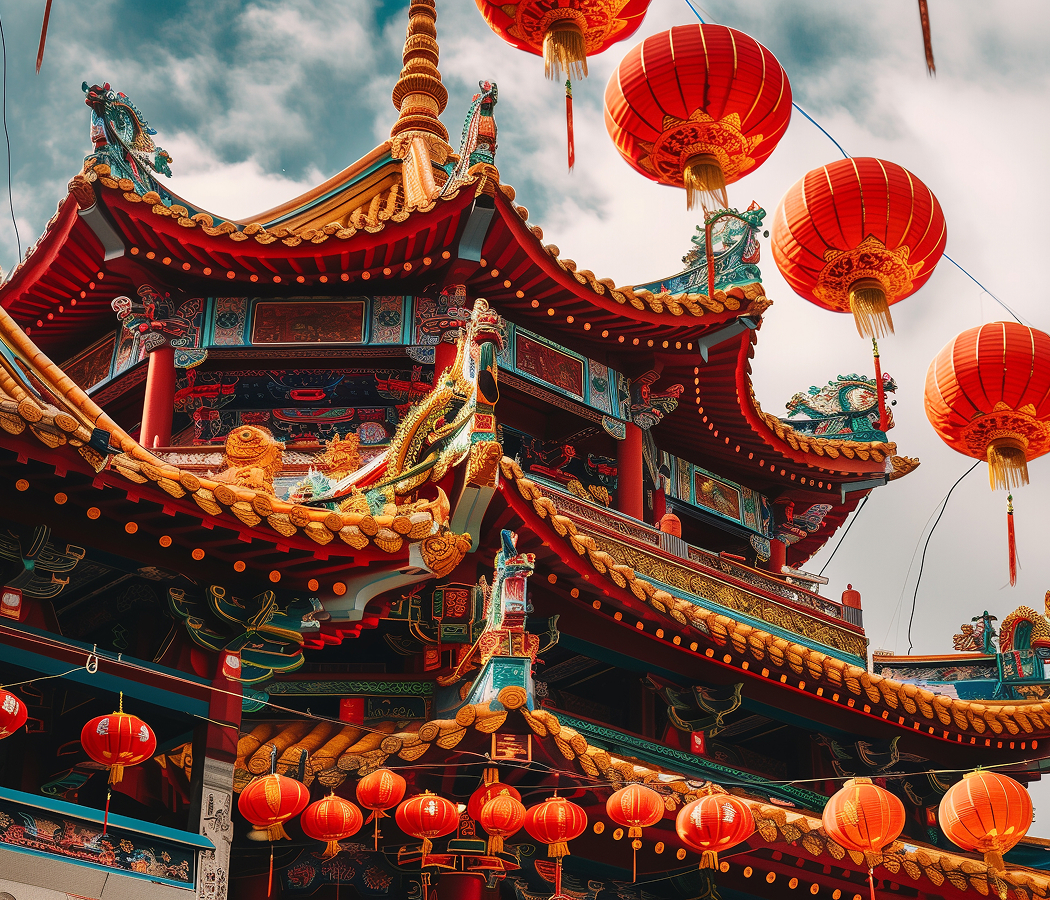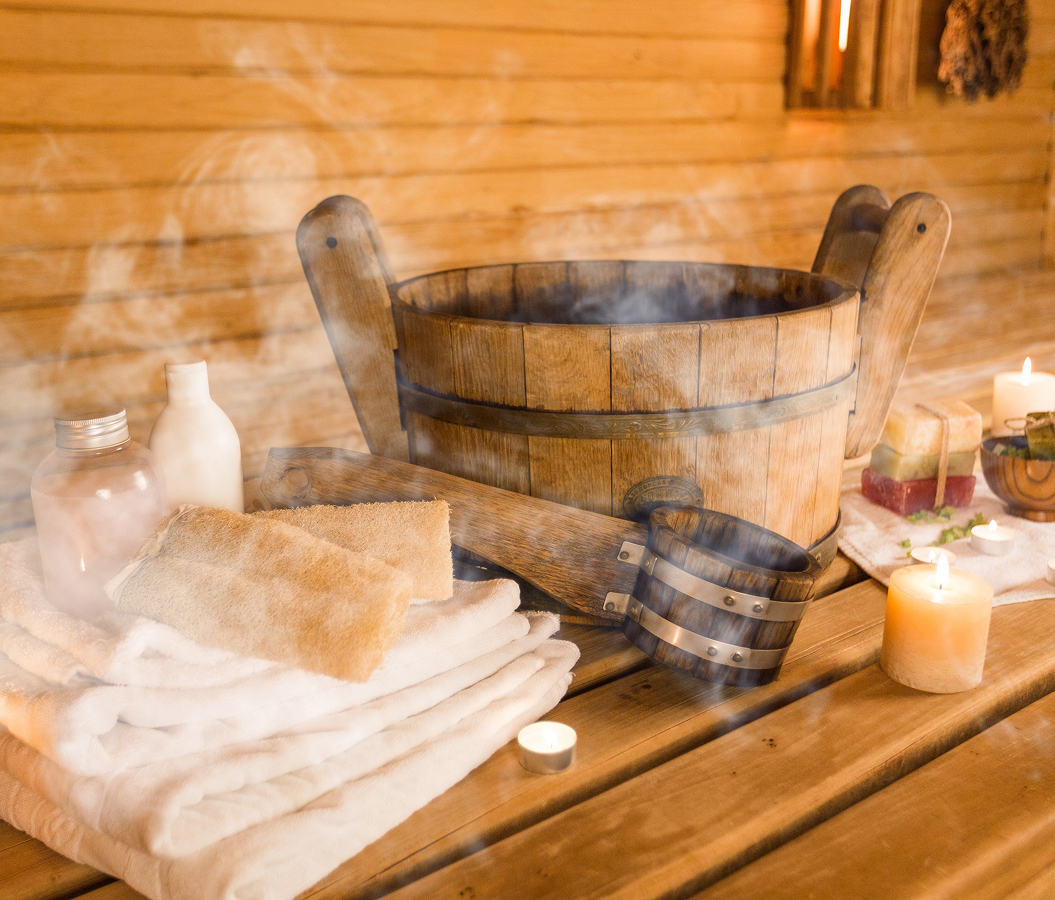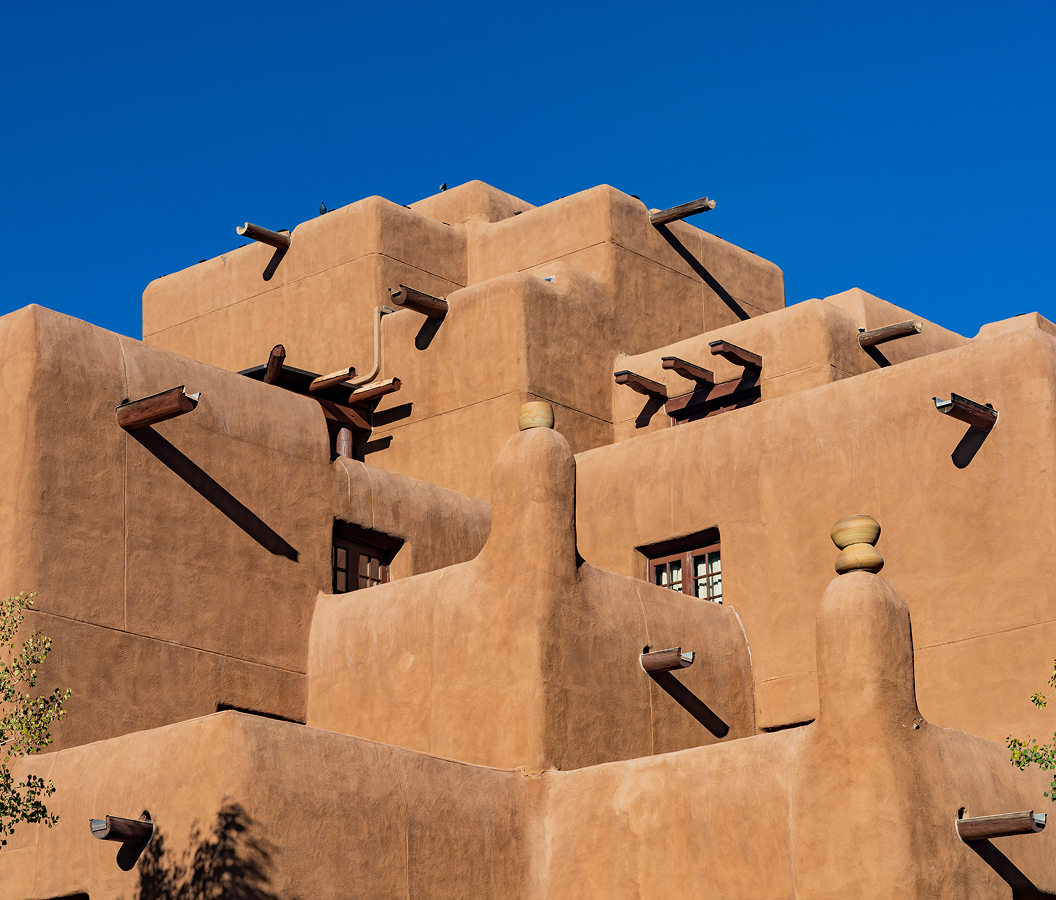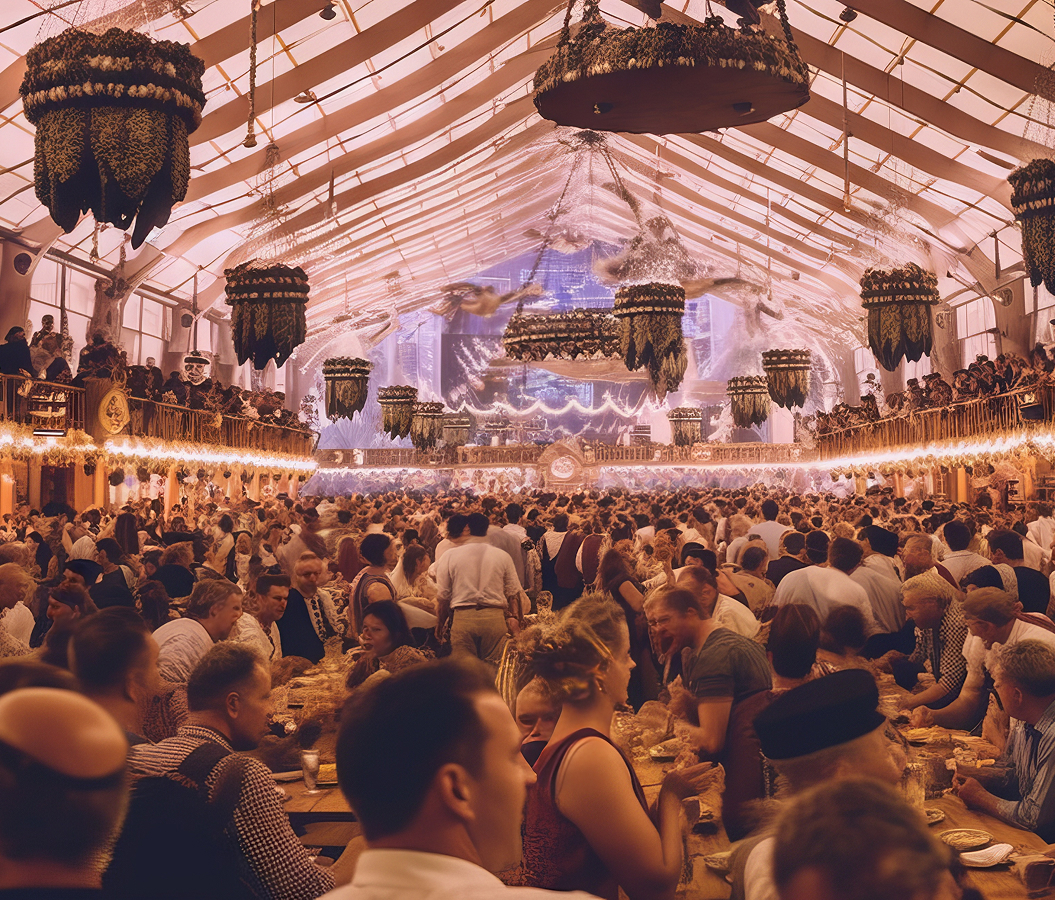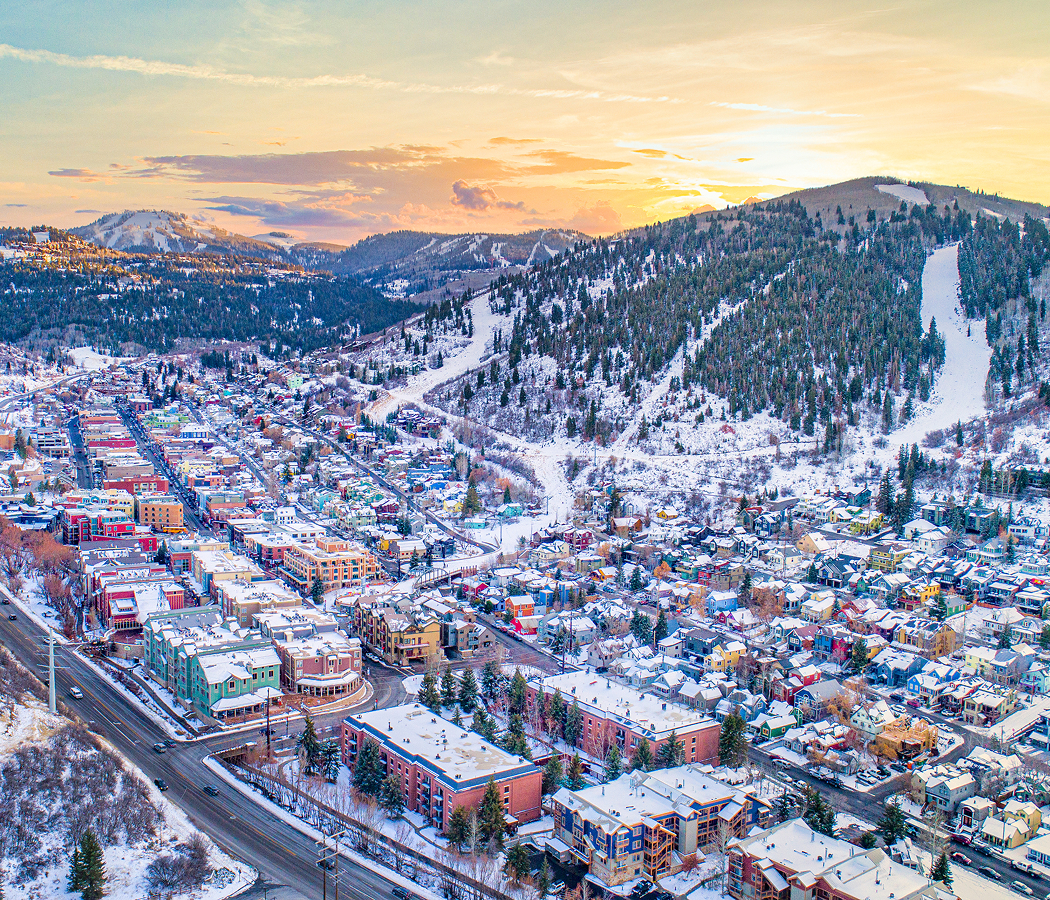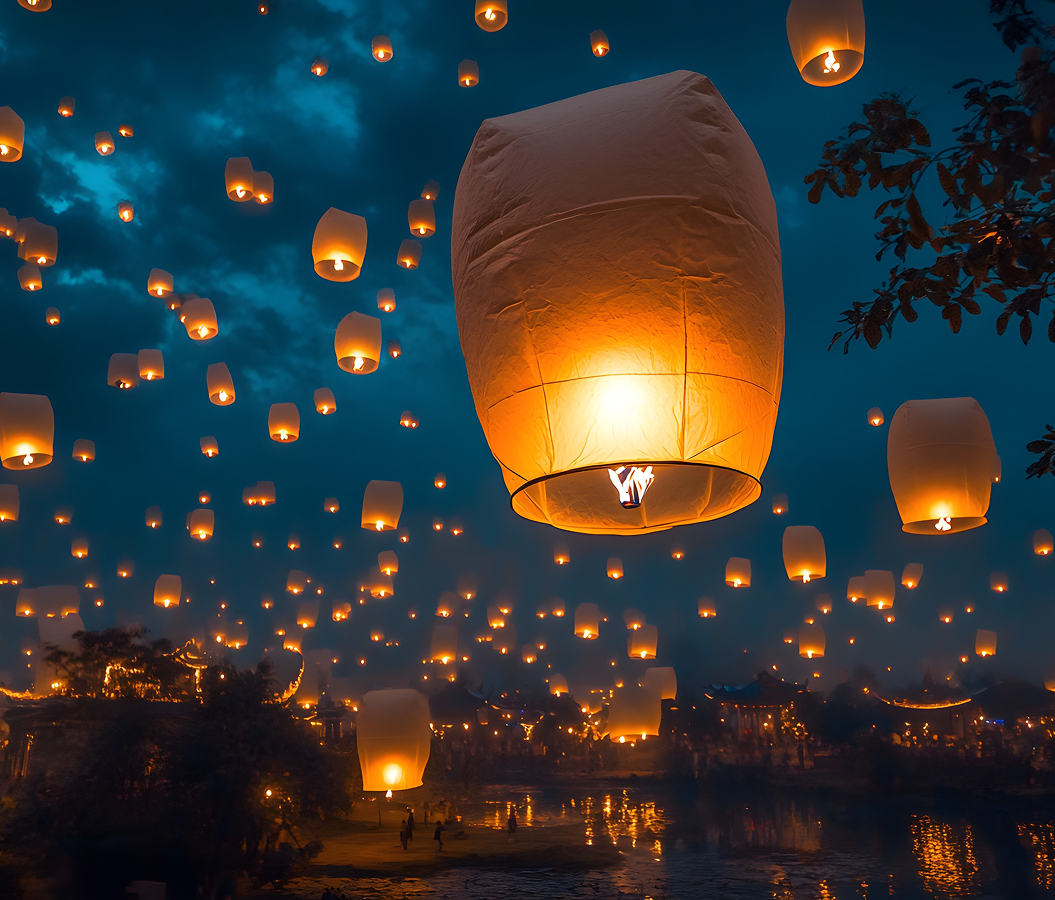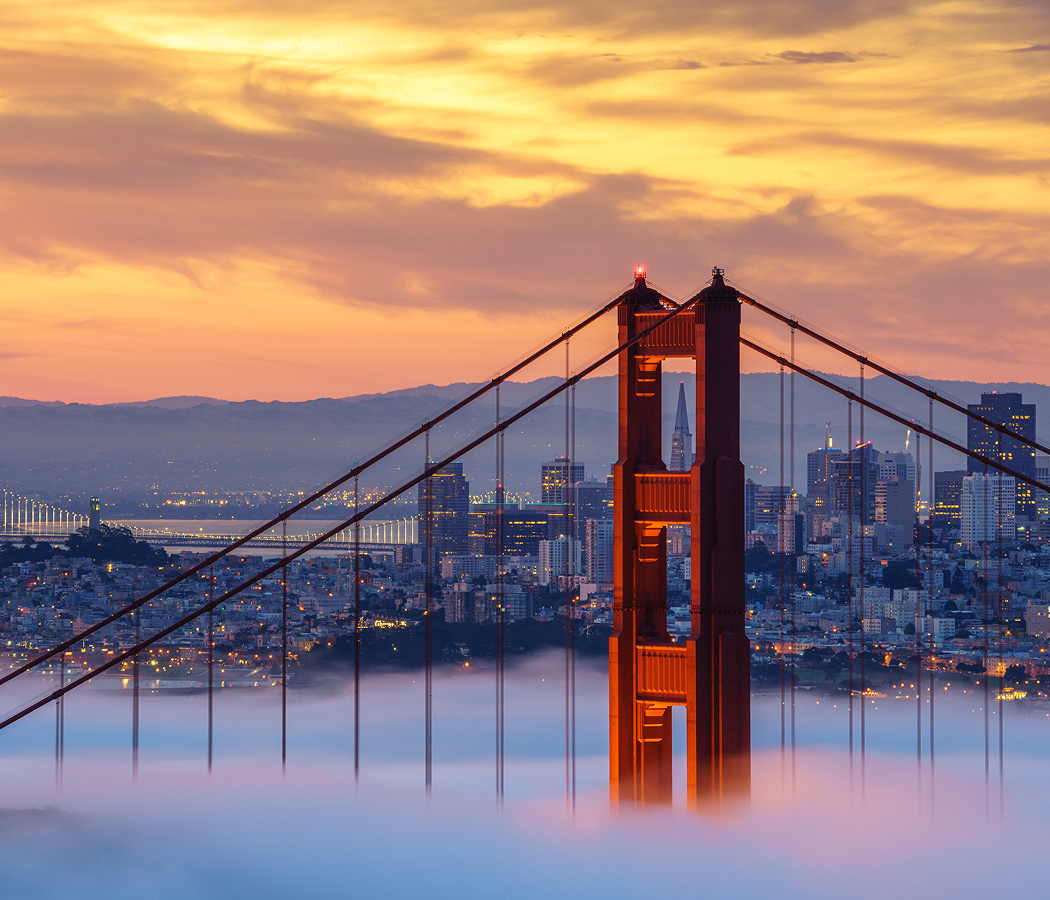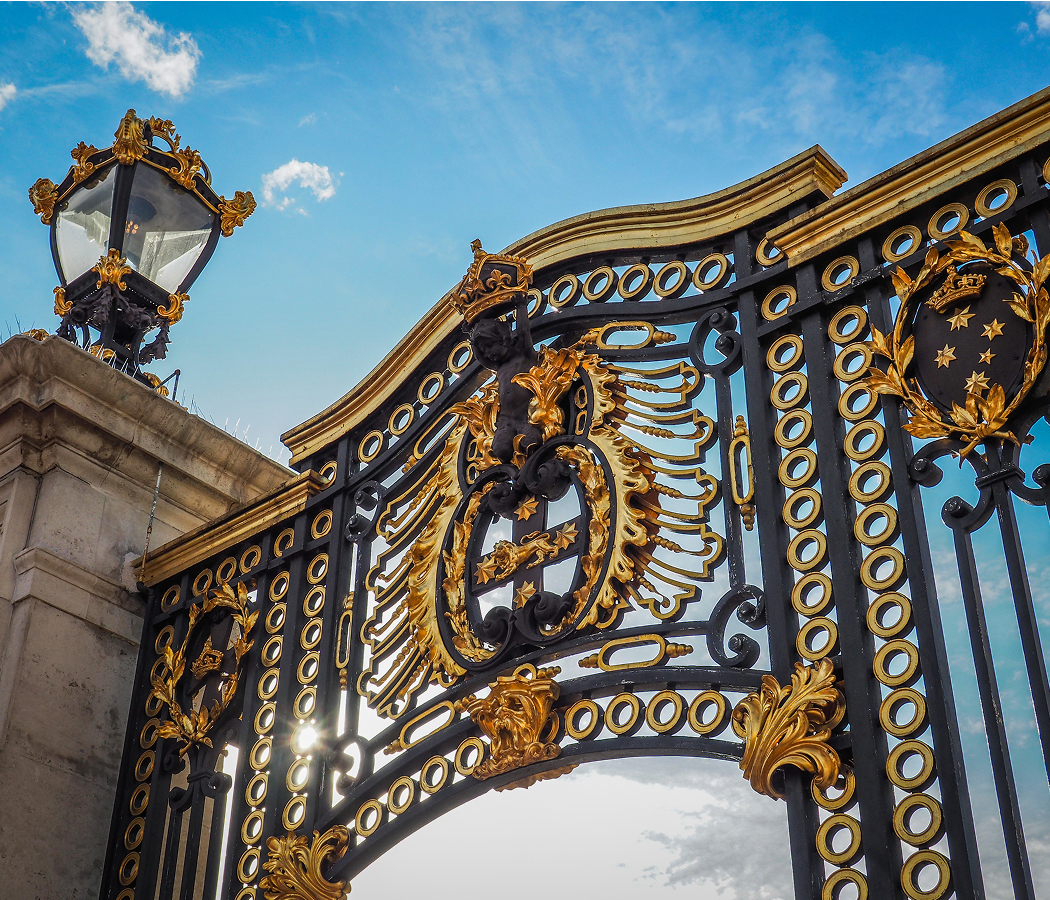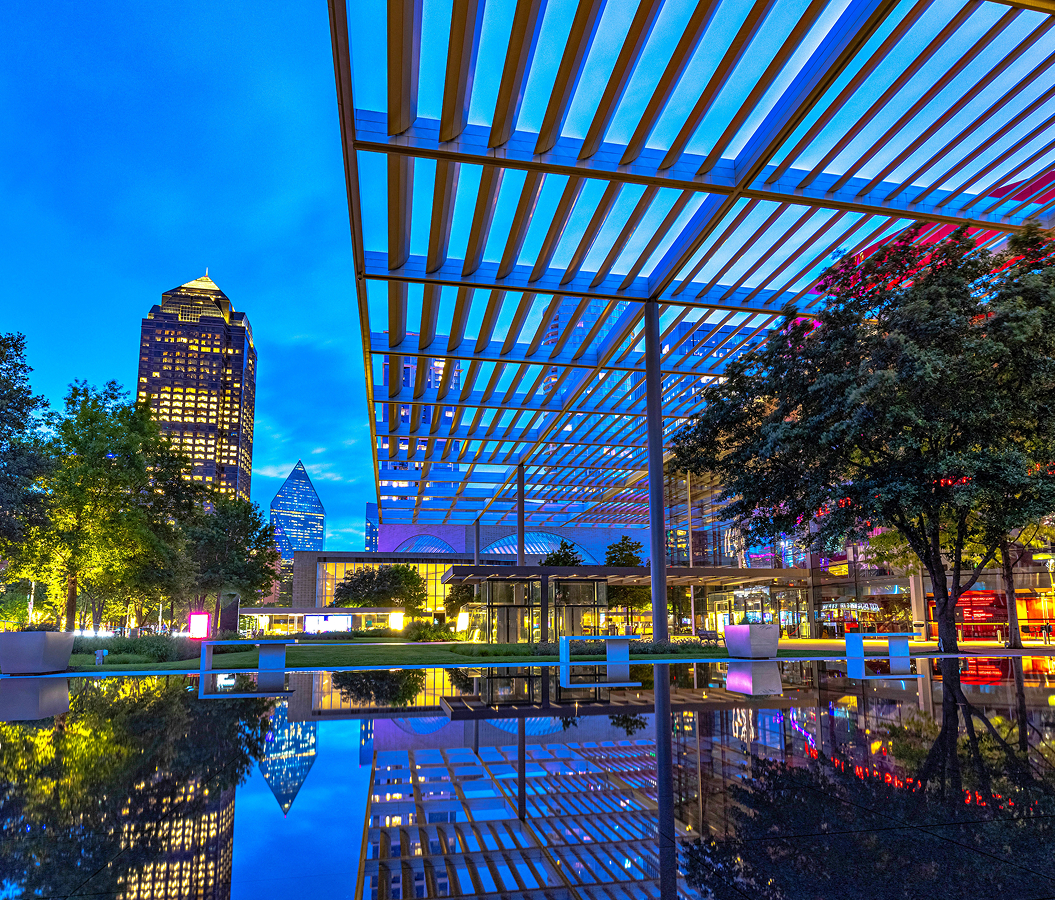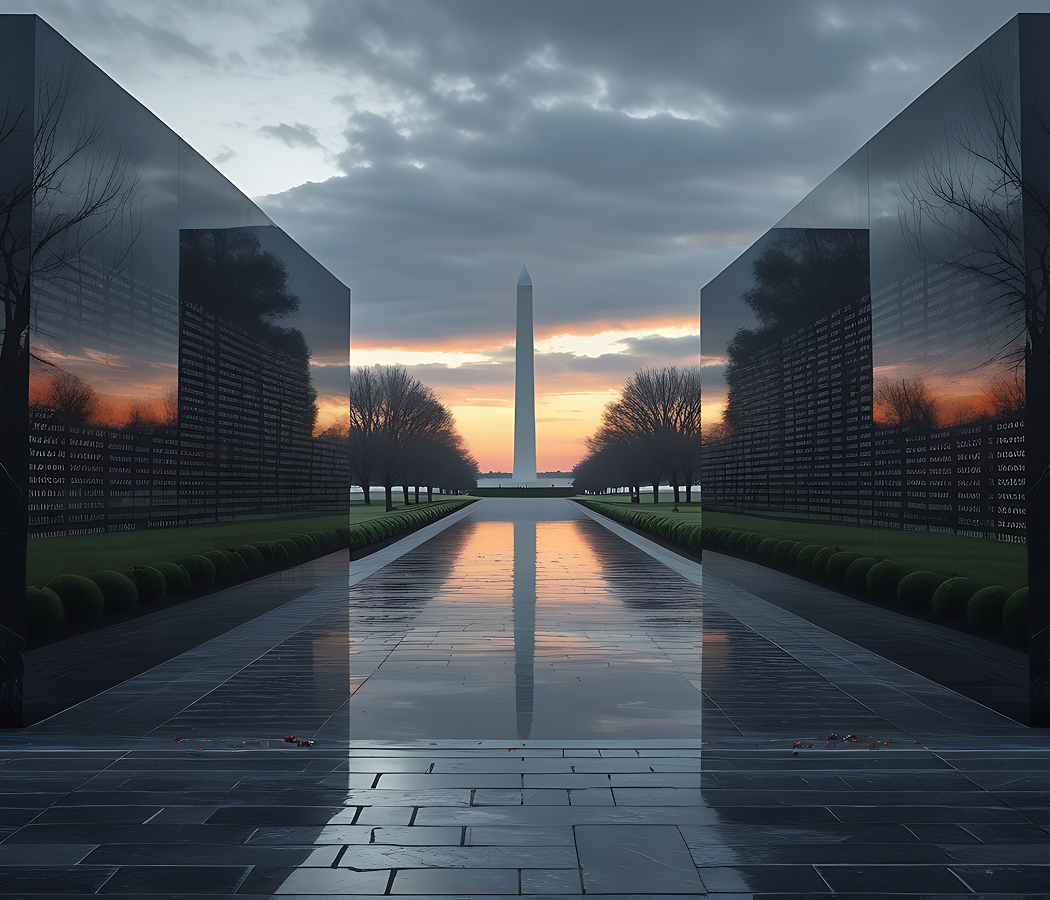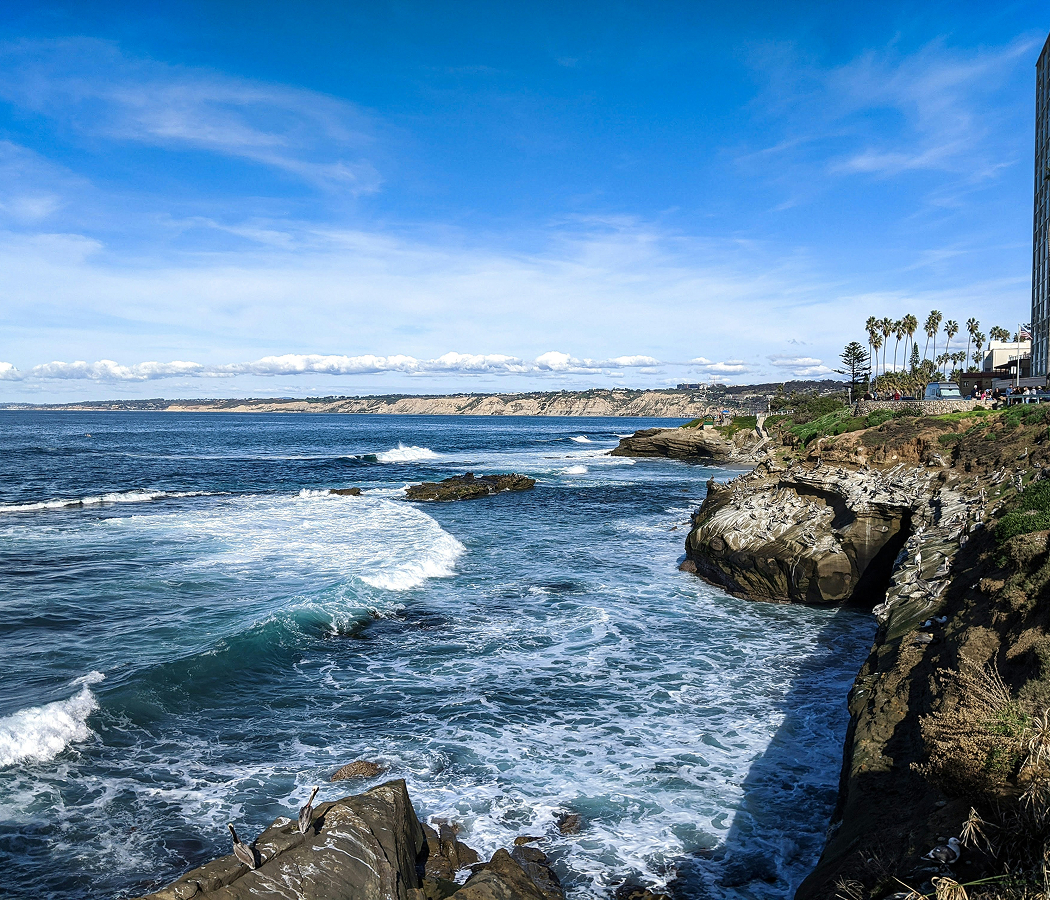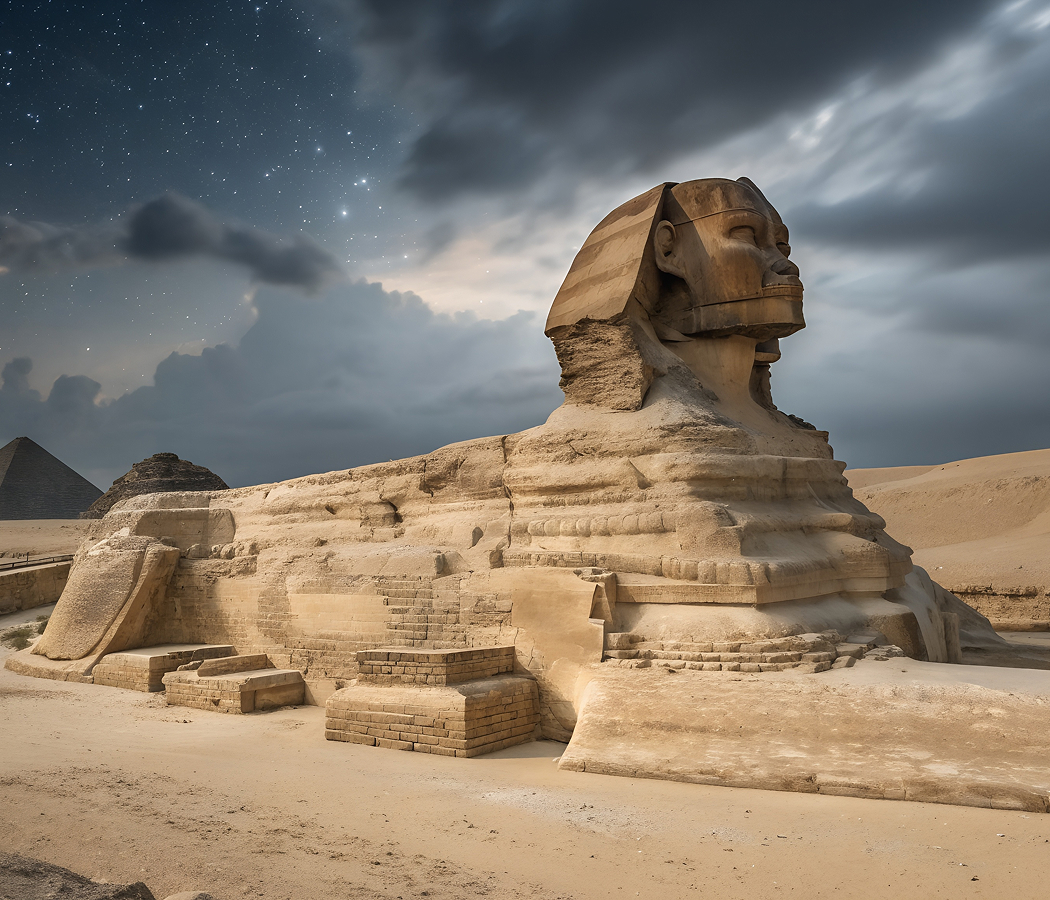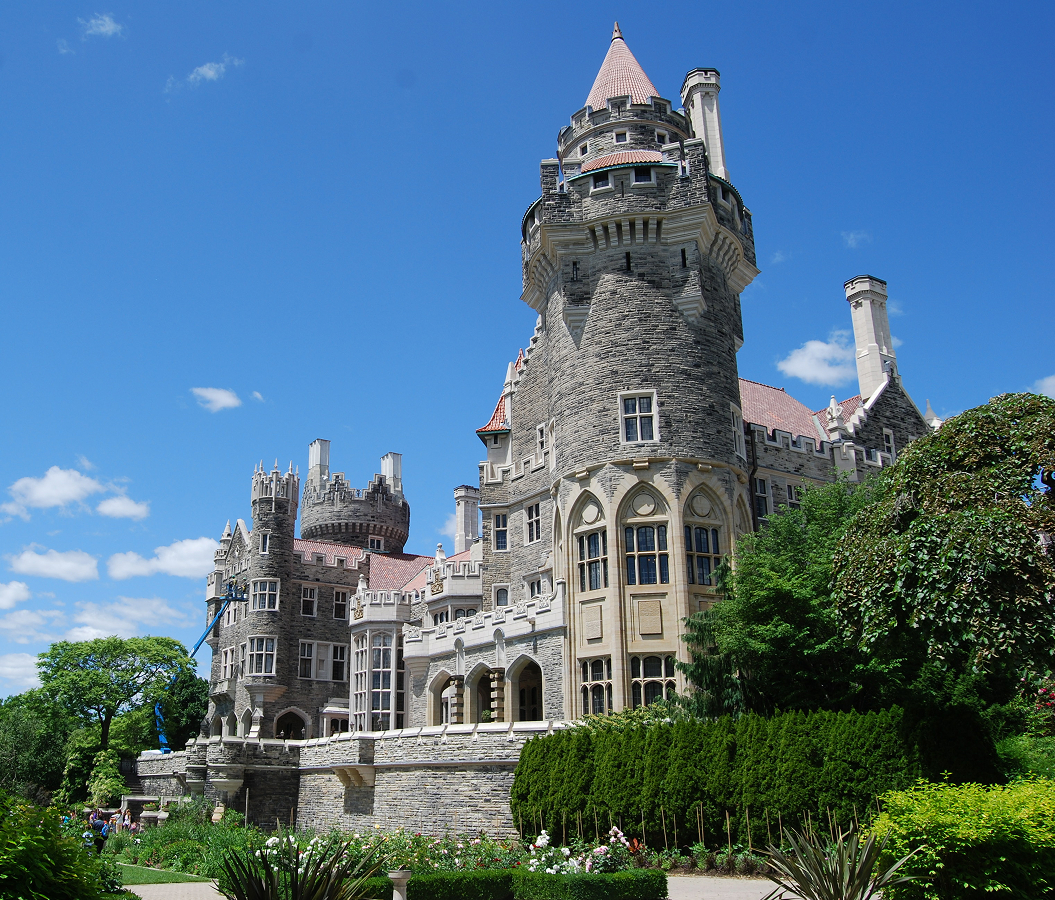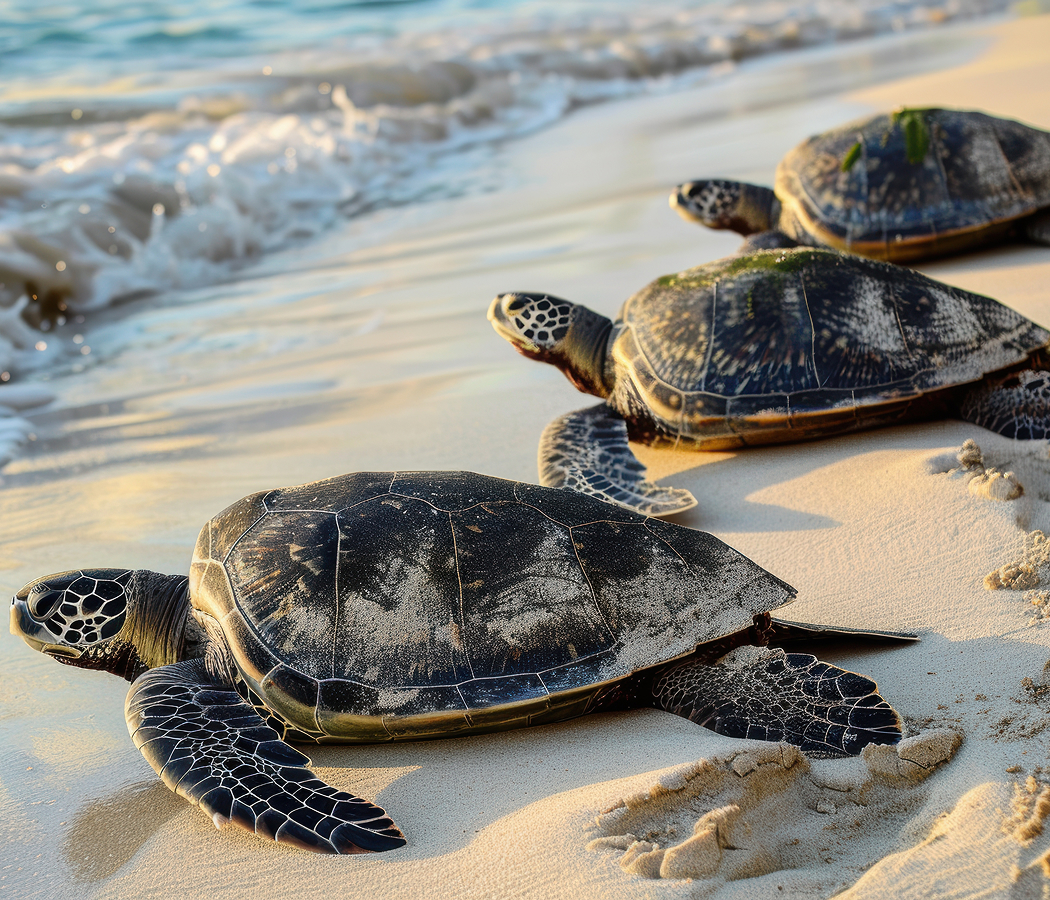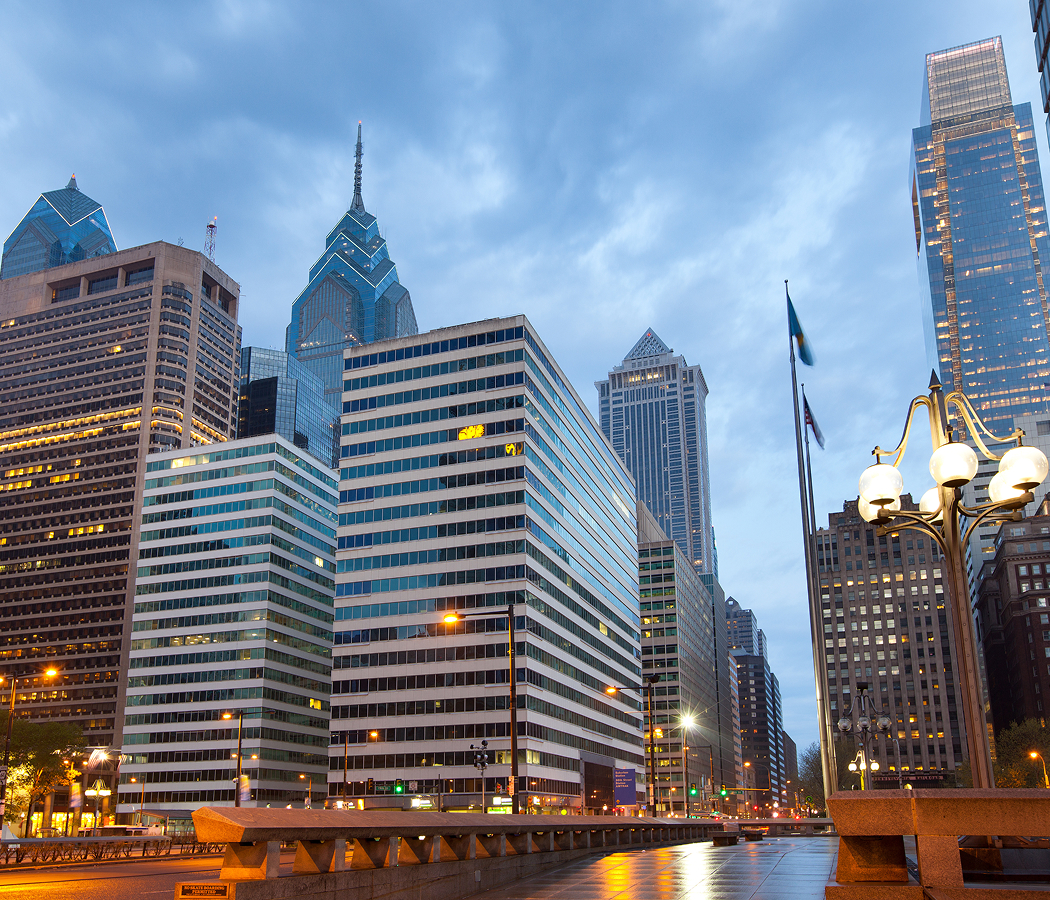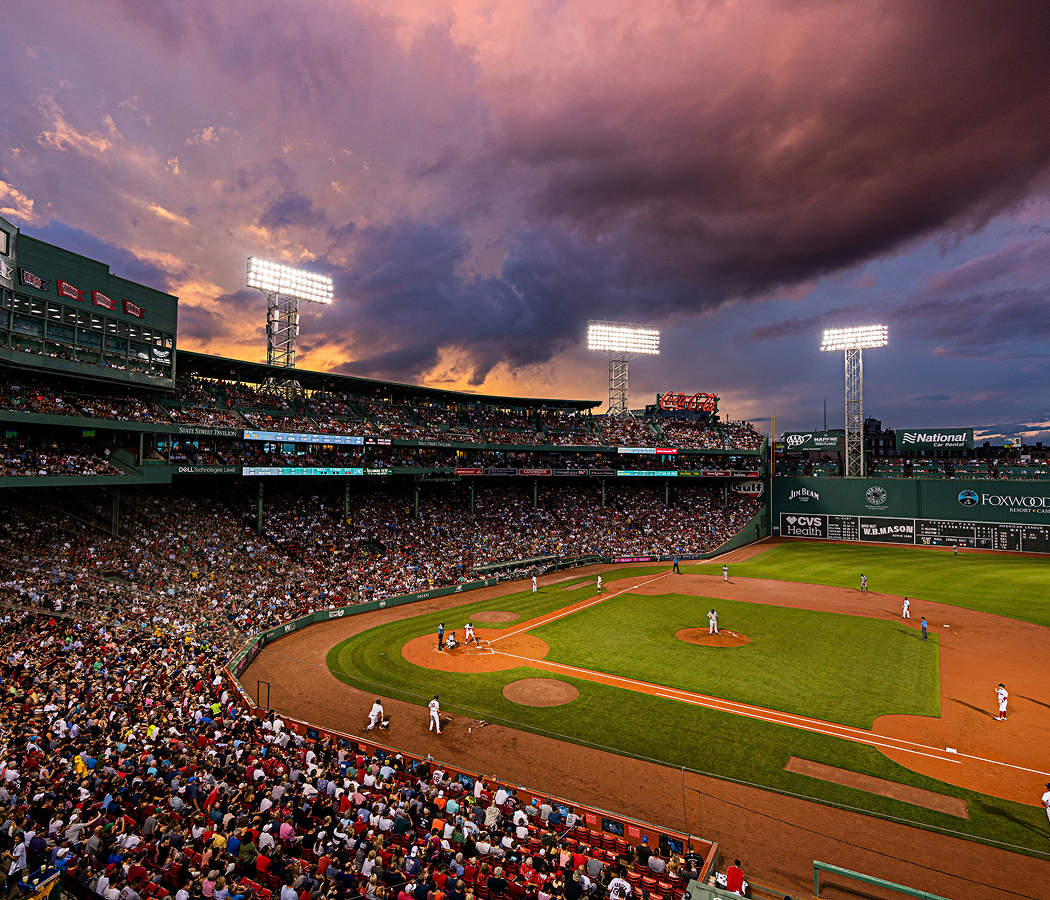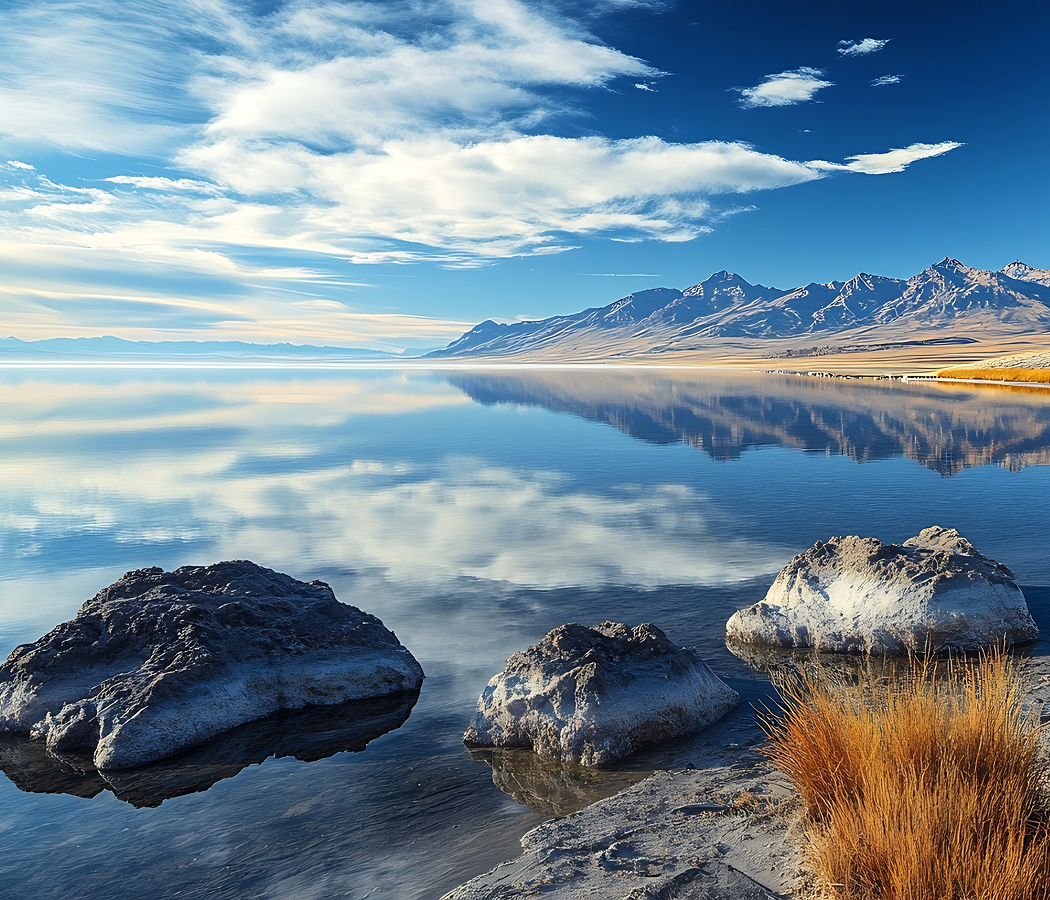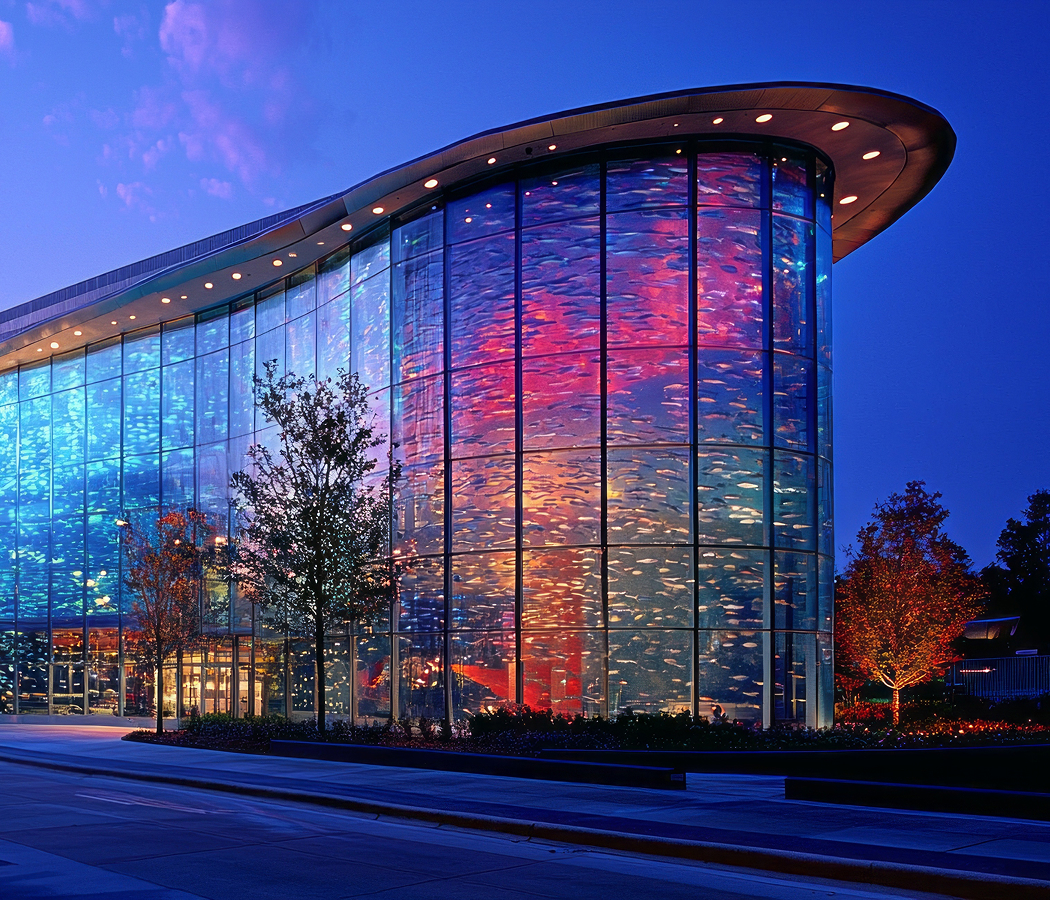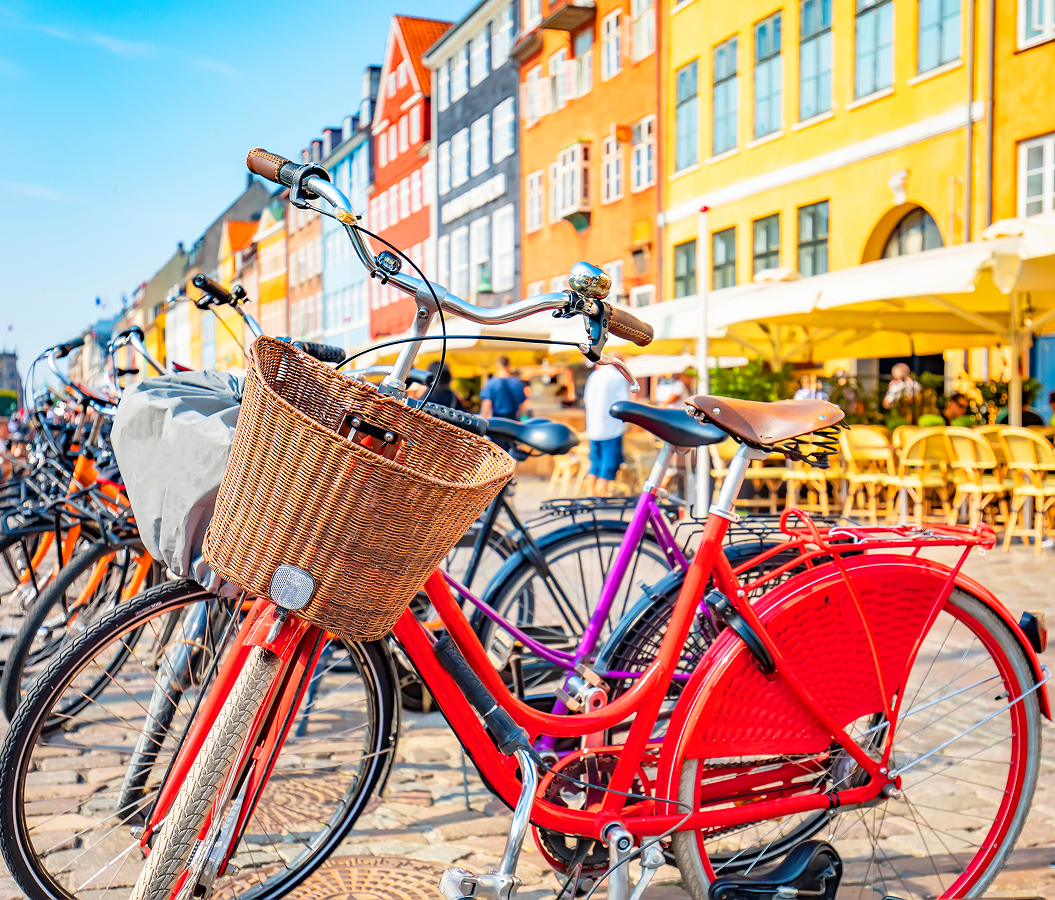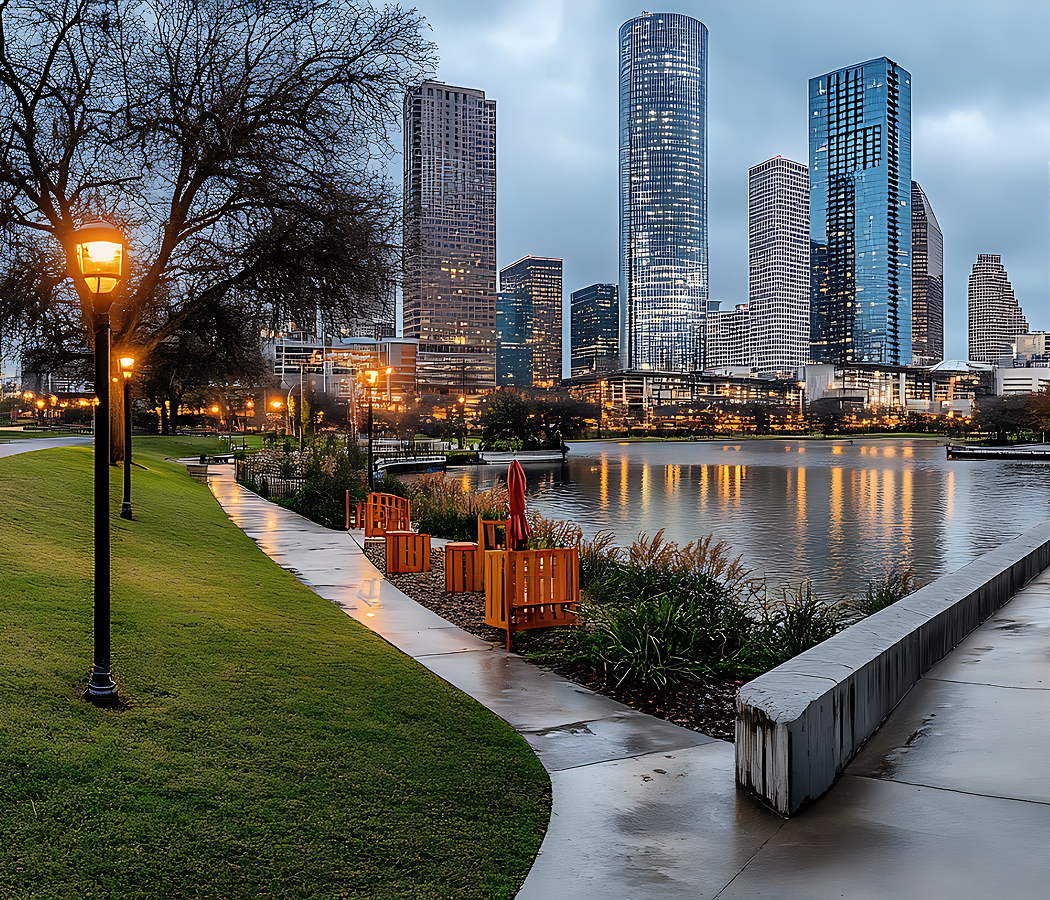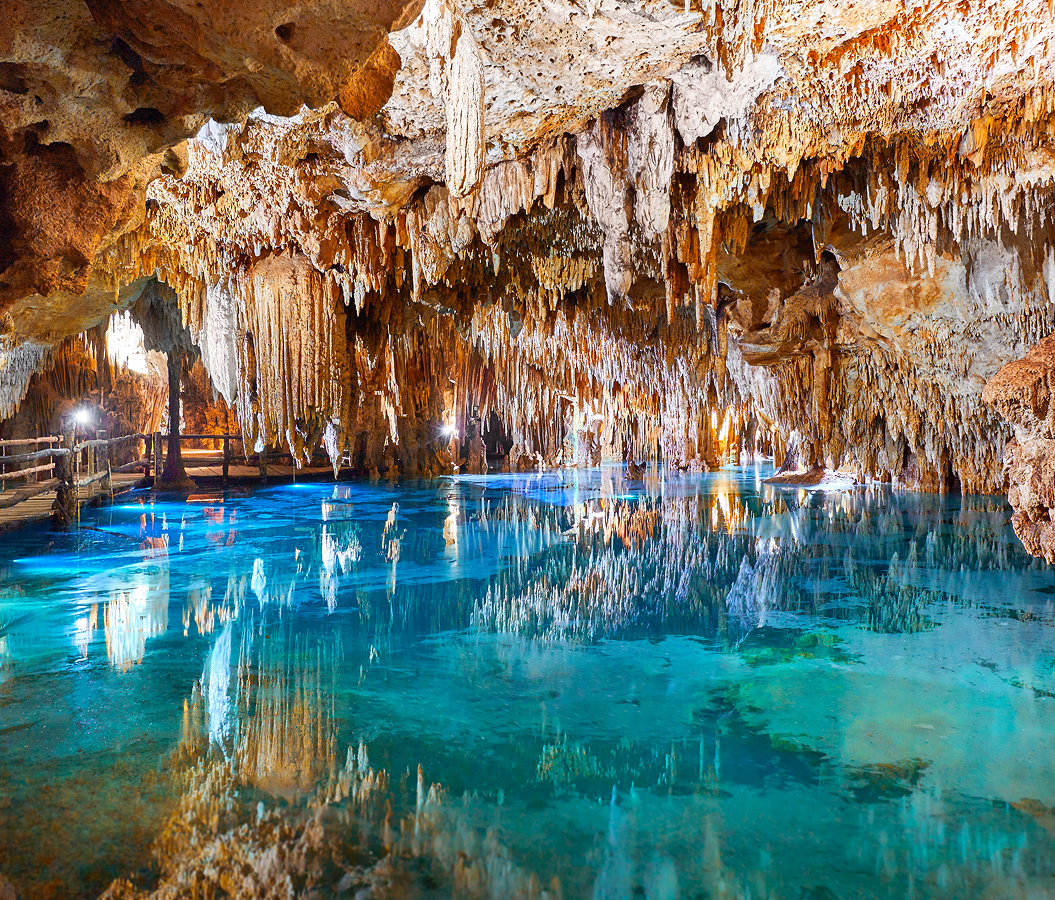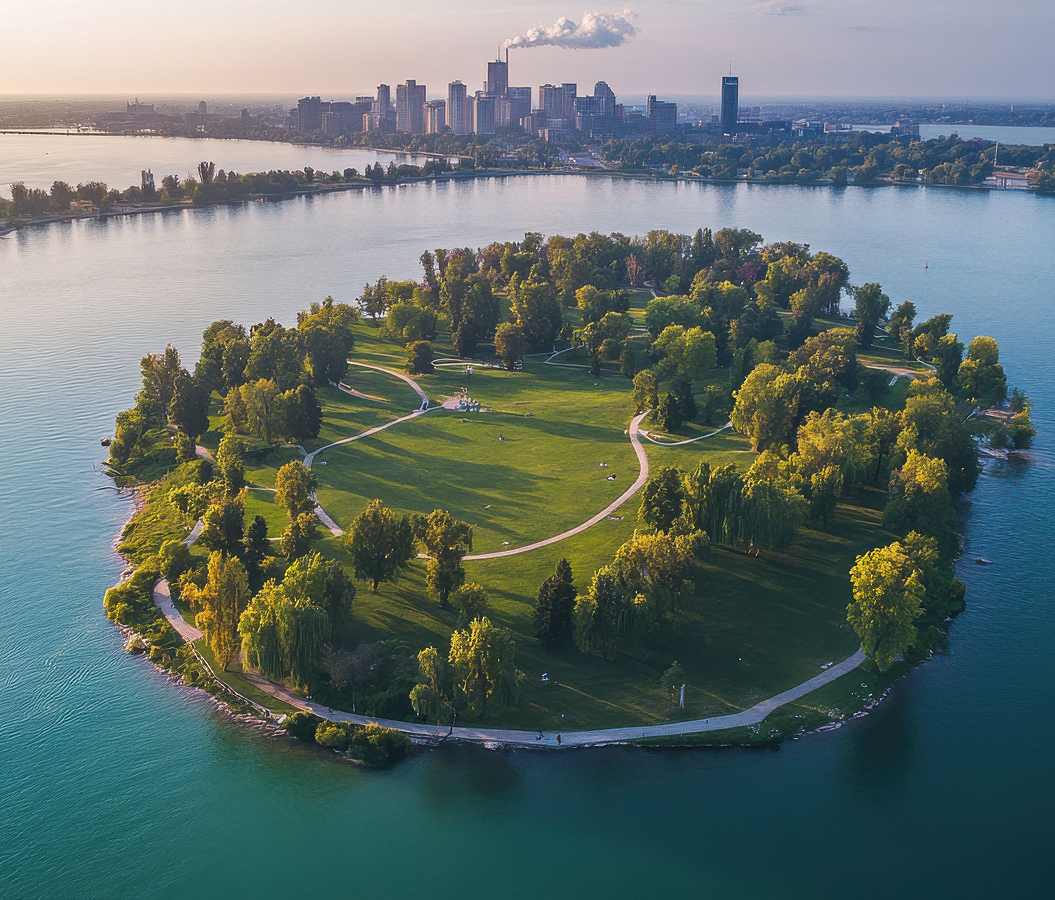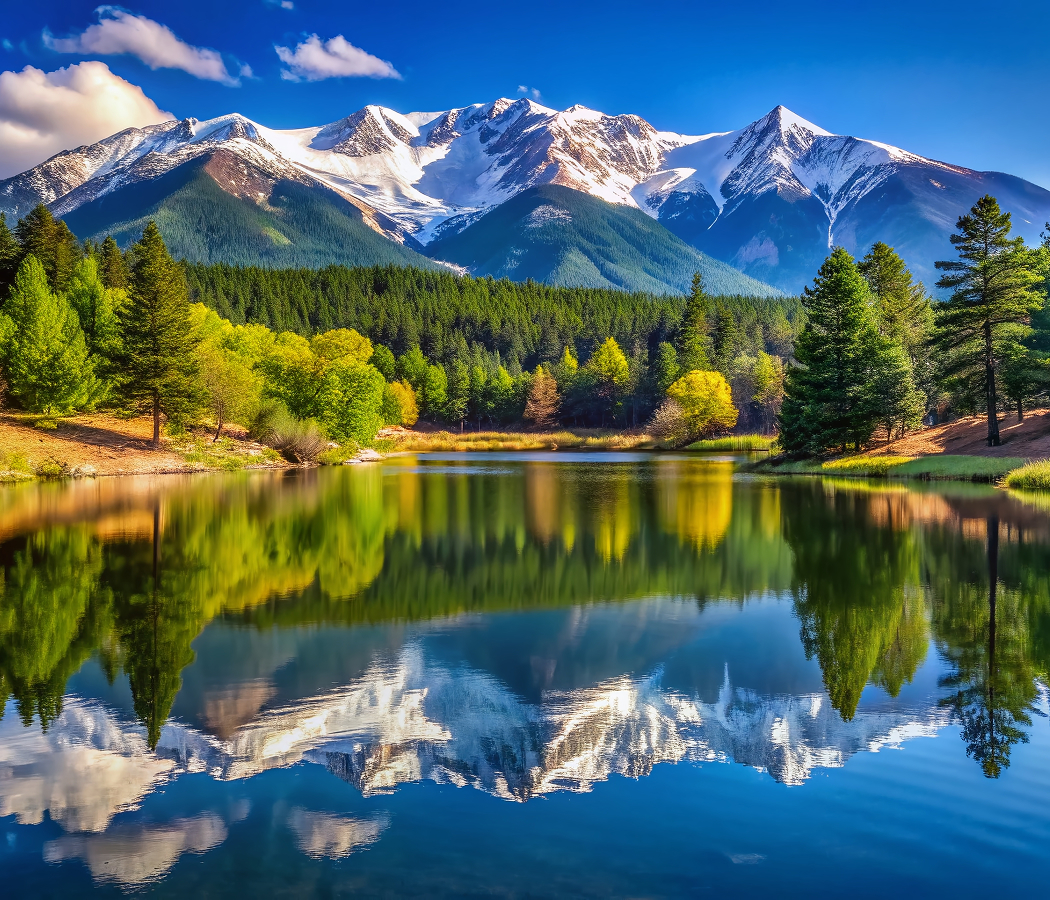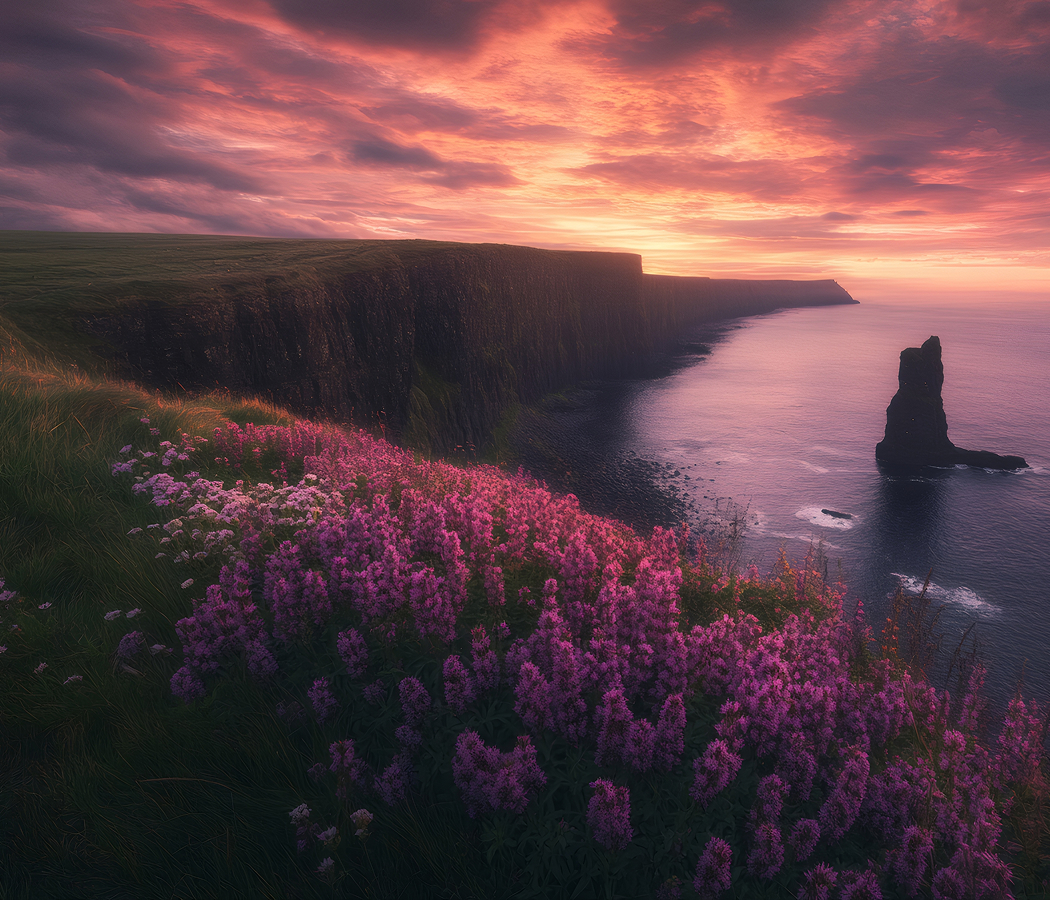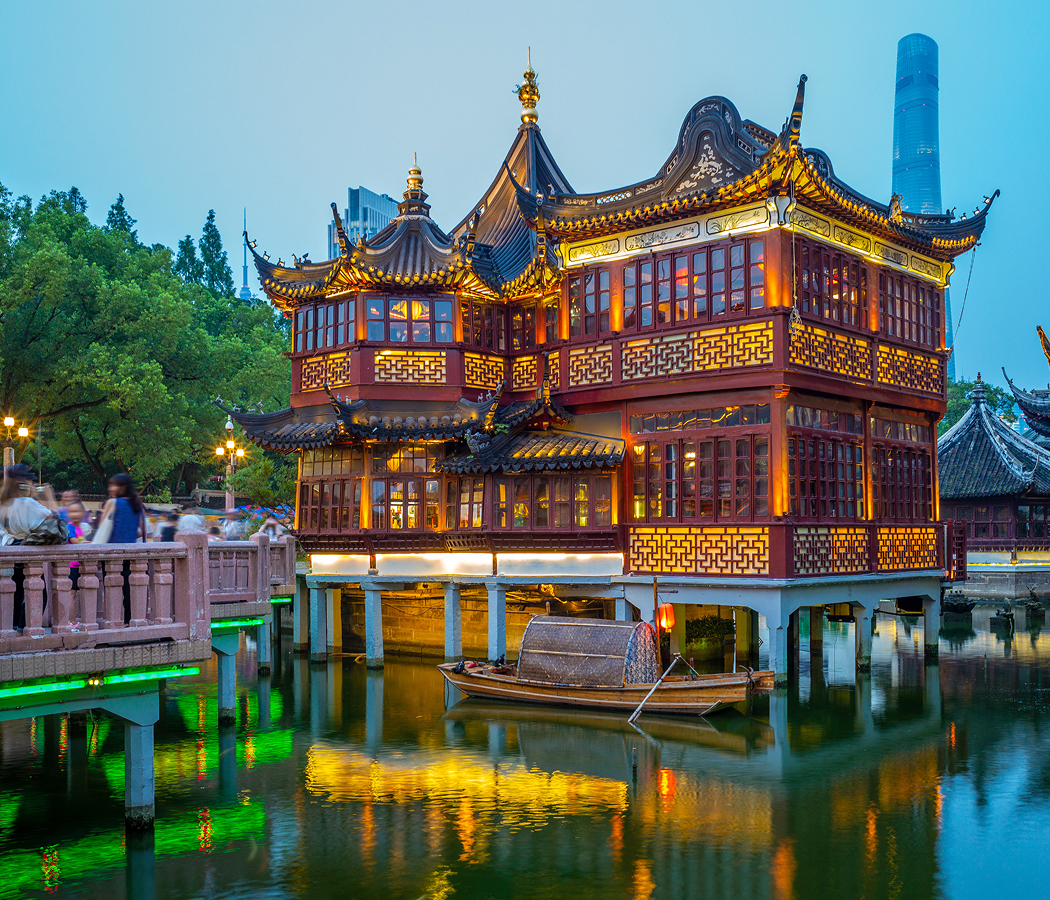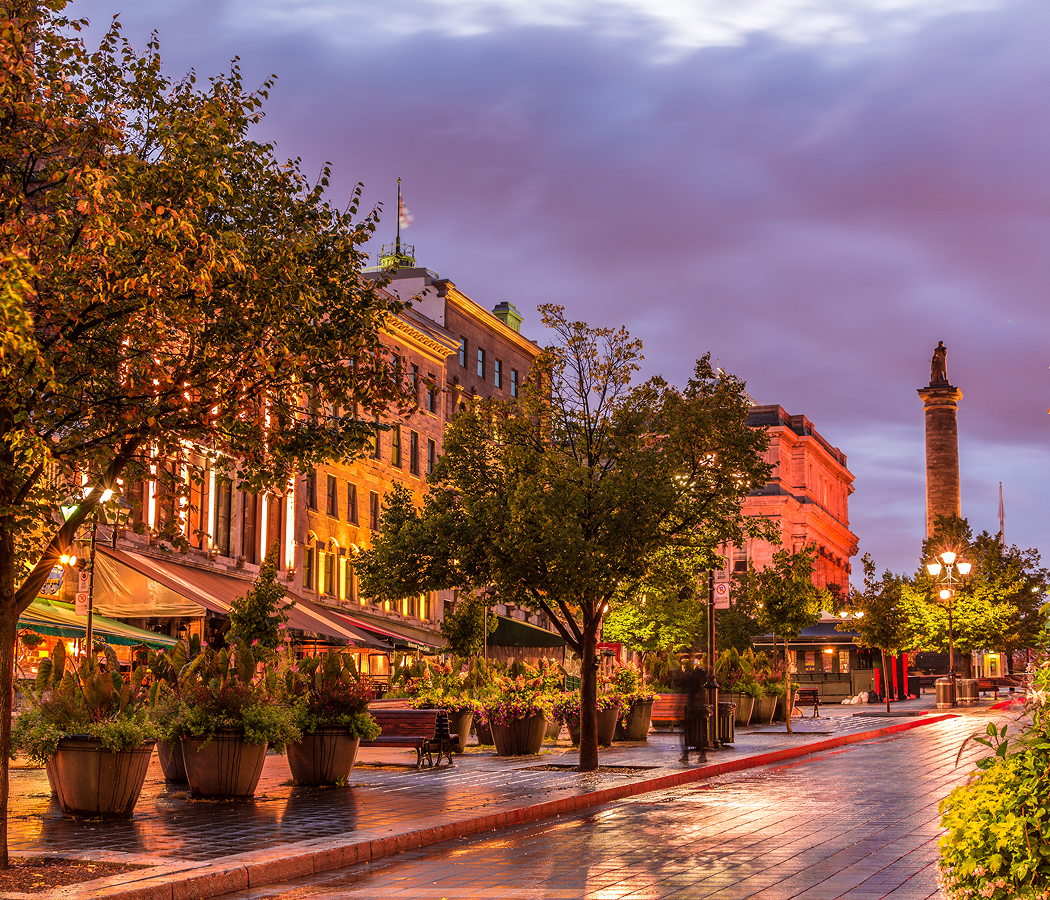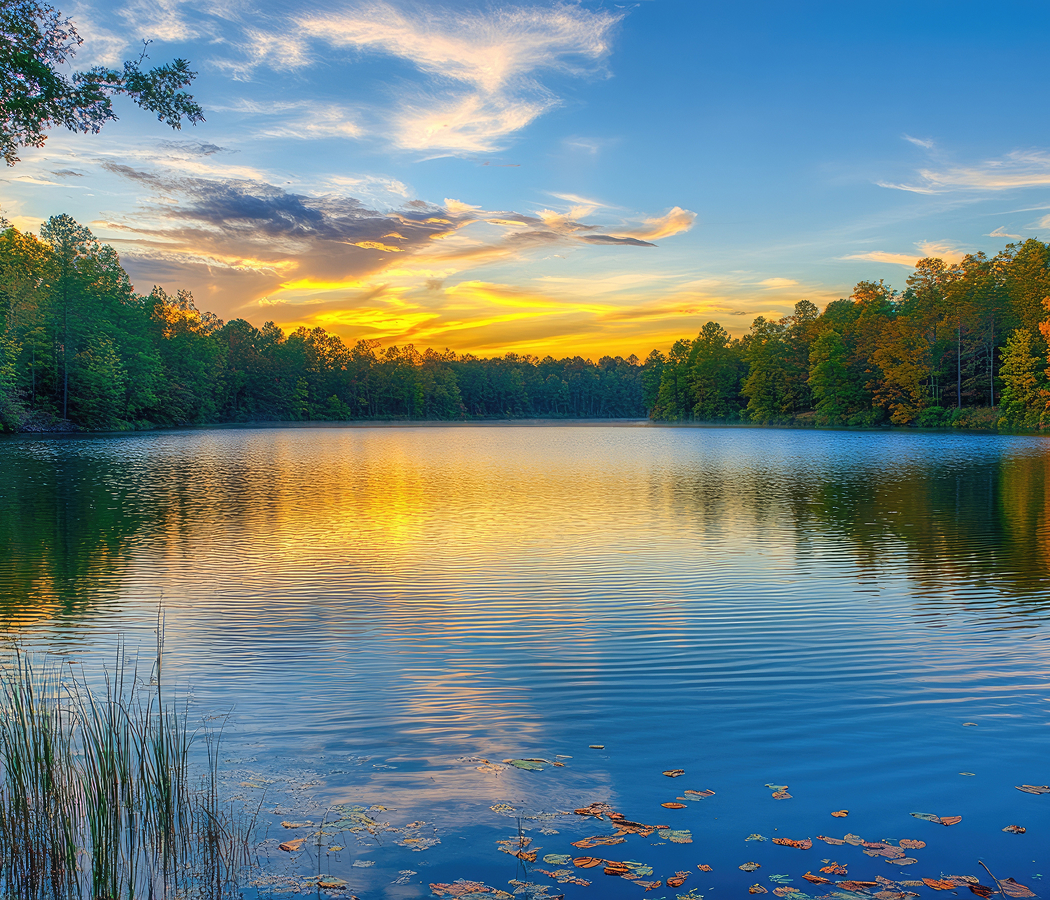
What you didn’t know about Miami, Florida.
Miami sits at one of the most fascinating crossroads in the country, geographically tropical, culturally global, architecturally historic, and ecologically rare.
The city’s signature Art Deco district isn’t aesthetic trendiness, it’s one of the largest preserved collections of Art Deco buildings in the world, painted in beach-pastel hues that mirror sunrise palettes. Beneath Miami’s glamour sits the Everglades, one of Earth’s most delicate ecosystems, and the fact that Miami exists between ocean and swamp gives the city its unique climate patterns, wildlife intersections, and humid, life-filled air. Its cultural fabric is unlike anywhere else in the U.S.: Cuban, Puerto Rican, Colombian, Haitian, Jamaican, Brazilian, and countless others blending into a mosaic visible in every café window, street corner, and neighborhood soundscape. Even the water is its own fascination, currents shifting color by season, breezes bending palm fronds in slow motion, sandbars appearing and fading like natural choreography. At night, Miami reveals another identity entirely: skyline glowing in tropical humidity, boats drifting across Biscayne Bay like scattered lanterns, music pulsing through neighborhoods with a heartbeat you can feel from blocks away. It’s a city built on contrasts, luxury and grit, stillness and chaos, nature and neon, coexisting beautifully.
Five fascinations about Miami.
5. It’s the only U.S. city founded by a woman.
Julia Tuttle, known as the “Mother of Miami,” convinced railroad tycoon Henry Flagler to extend his line south, effectively birthing the city in 1896. Her vision transformed a stretch of swampland into a thriving metropolis.
4. It’s built on ancient coral.
Much of Miami rests atop oolitic limestone, a porous rock formed from ancient coral reefs. That’s why the city faces unique environmental challenges like saltwater intrusion, and why its landscape feels so different from most major cities.
3. The Everglades are right next door.
Just 30 miles west of downtown, the Everglades, a massive subtropical wilderness, is teeming with alligators, panthers, and native flora. It’s one of the most biologically rich ecosystems in the U.S., and it shapes Miami’s natural soul as much as its skyline.
2. More than 70% of Miami residents speak a language other than English at home.
Spanish, Haitian Creole, Portuguese, and more fill the air here. The city is less a melting pot and more a mosaic, layered with stories, sounds, and cultural fluency that gives it its unmistakable rhythm.
1. It was once considered the future, literally.
In the 1920s and again in the 1950s, Miami was marketed as “the city of tomorrow.” From its bold modernist architecture to experimental urban planning, it’s long carried the vision of a place reinventing itself ahead of schedule, and it’s still doing just that.
Where meaningful travel begins.
Start your journey with Foresyte, where the planning is part of the magic.
Discover the experiences that matter most.



